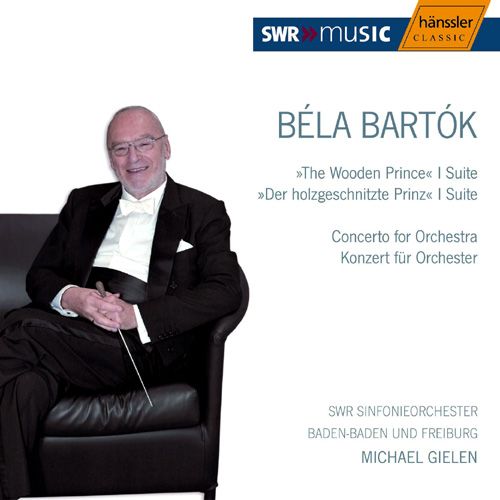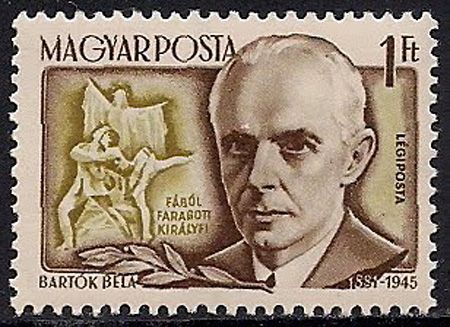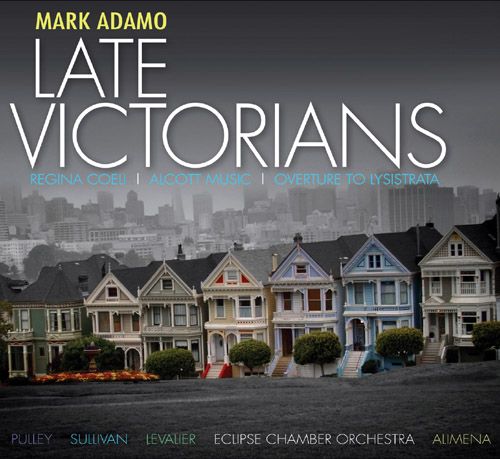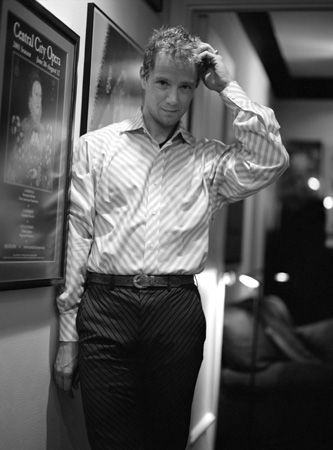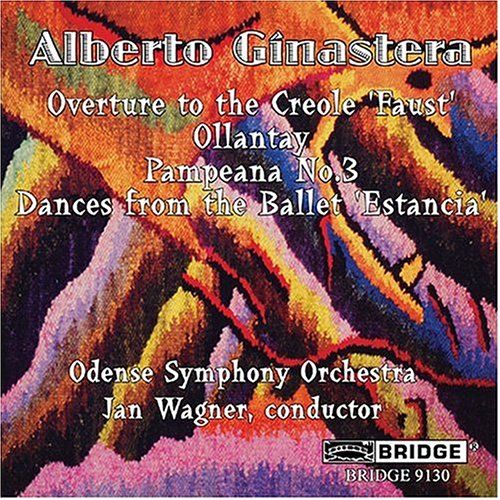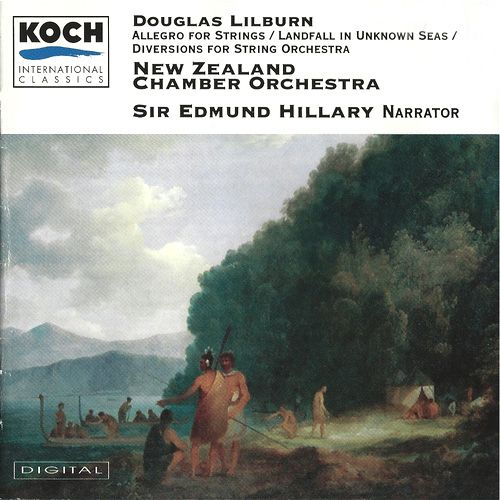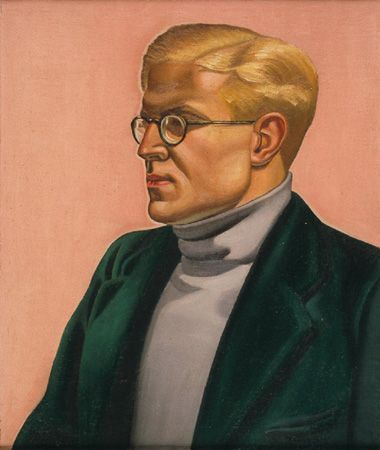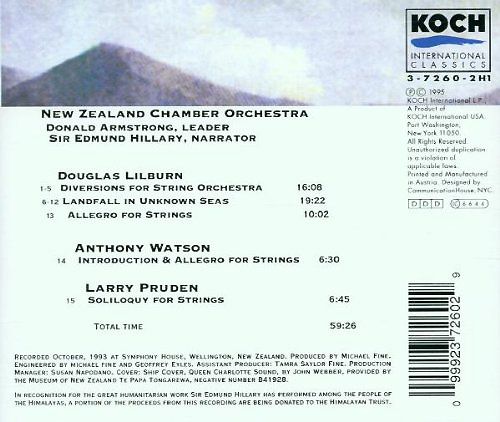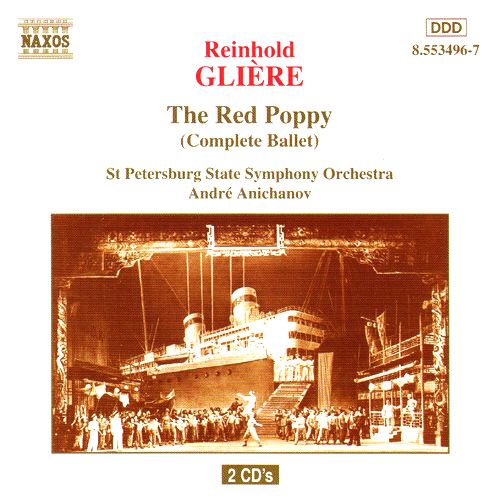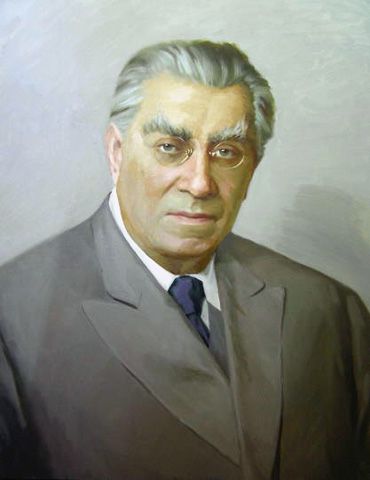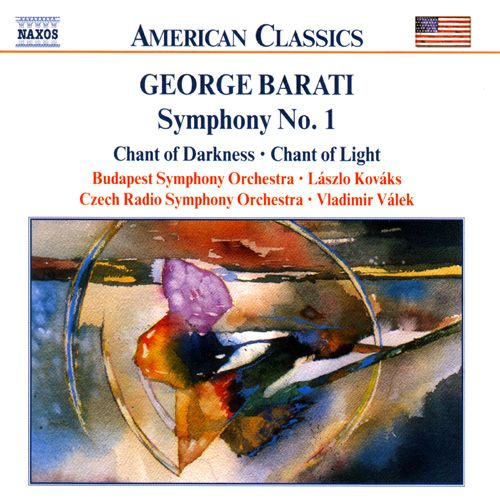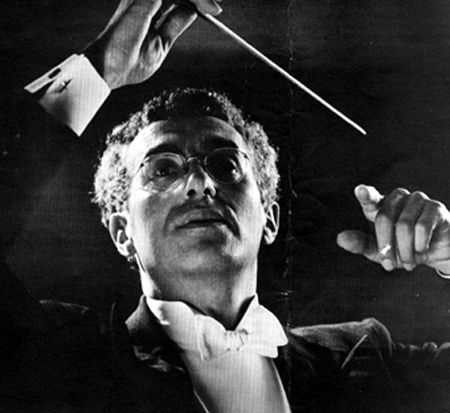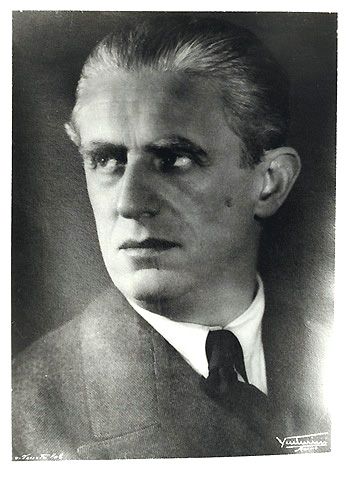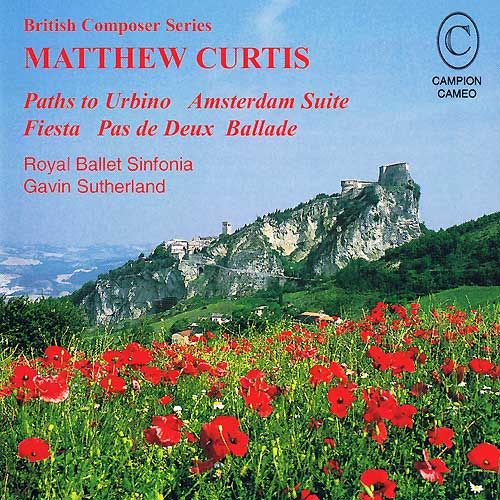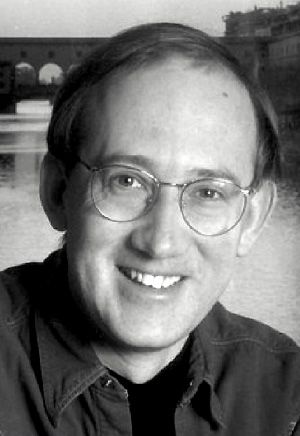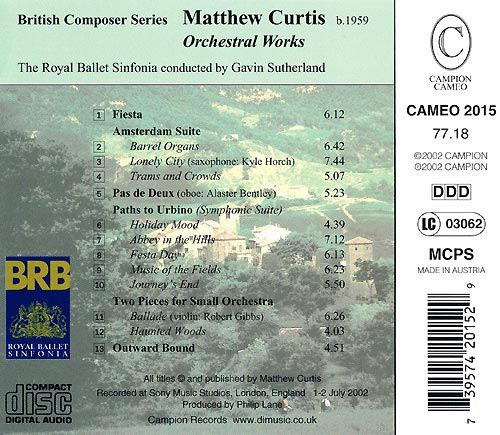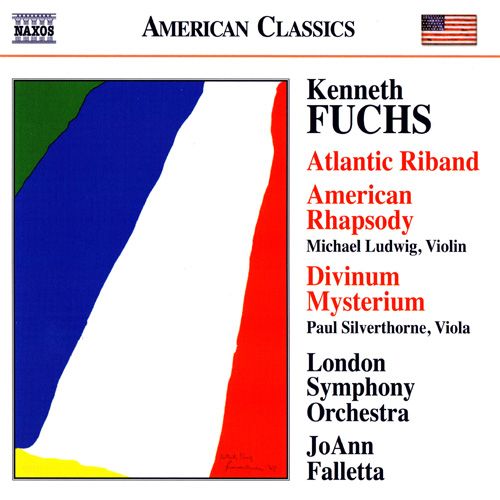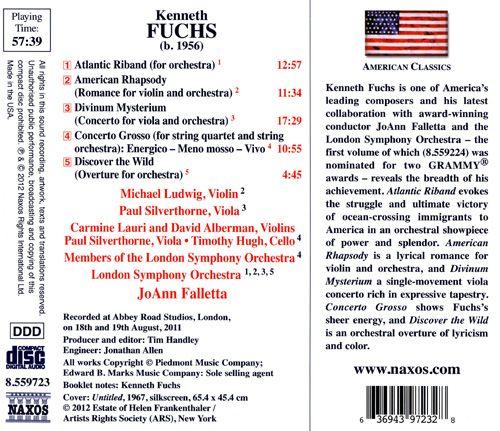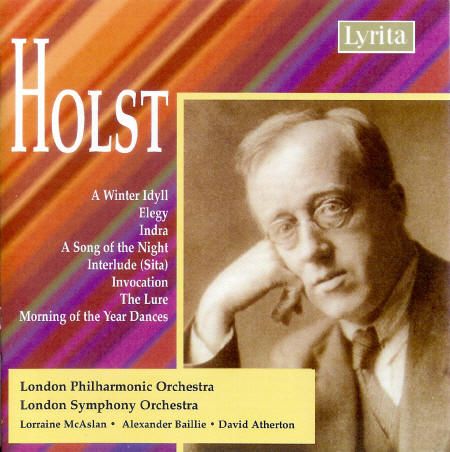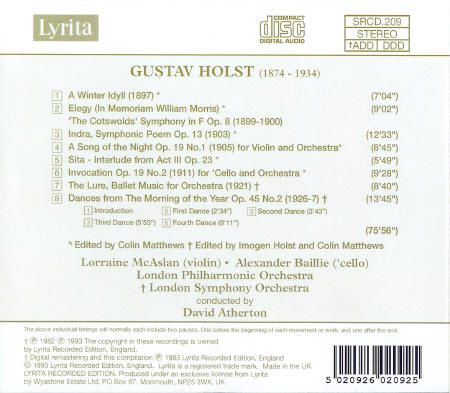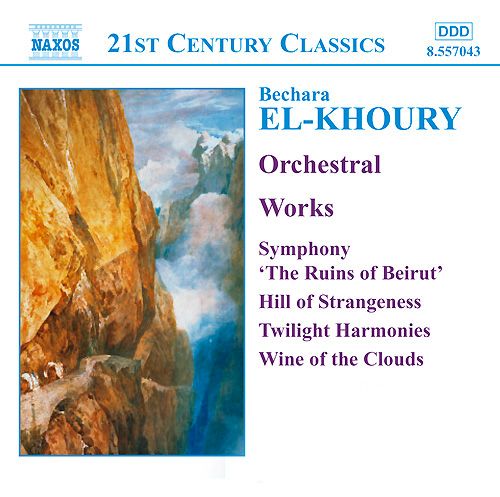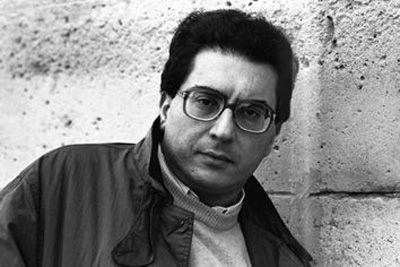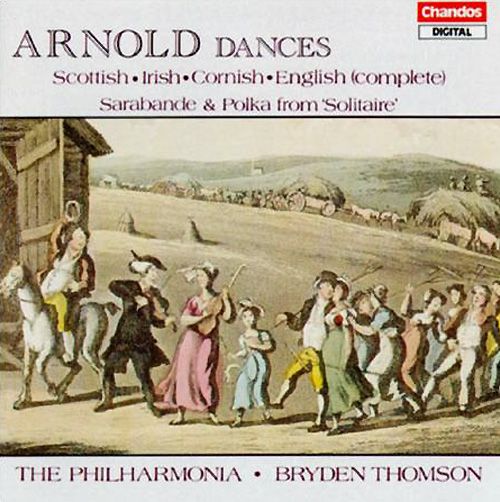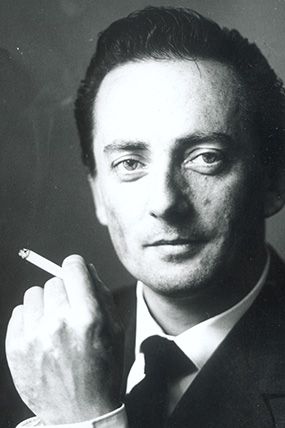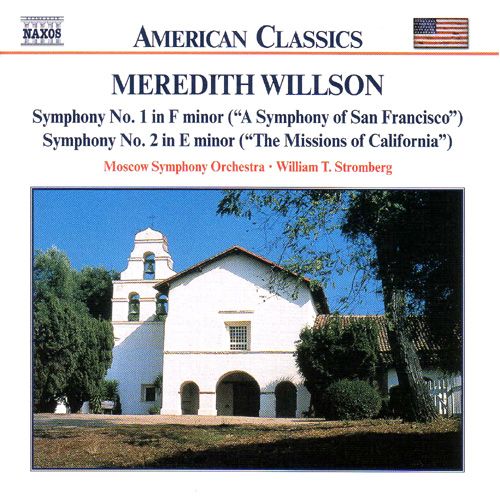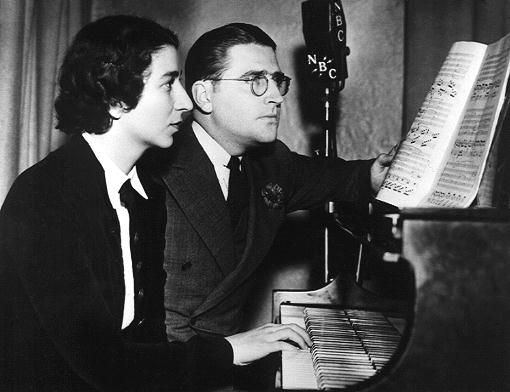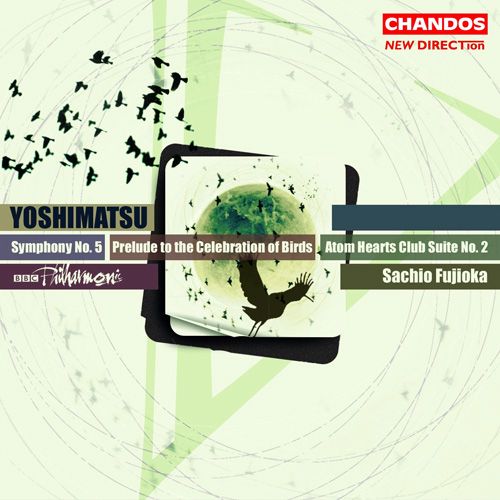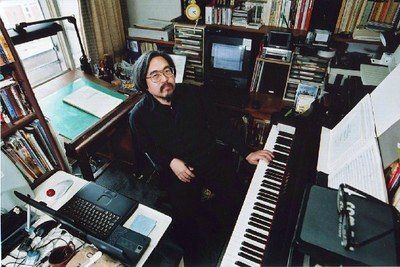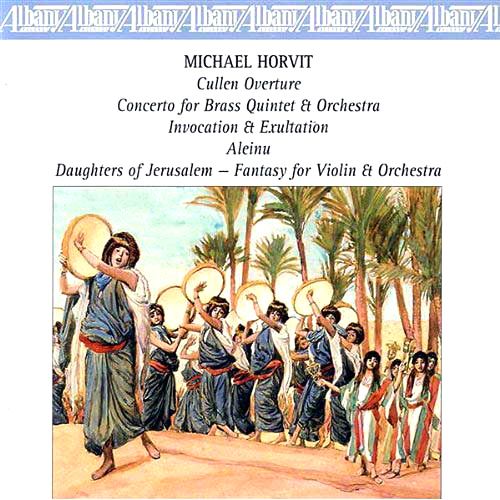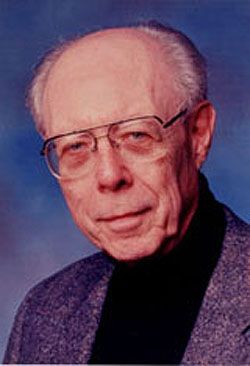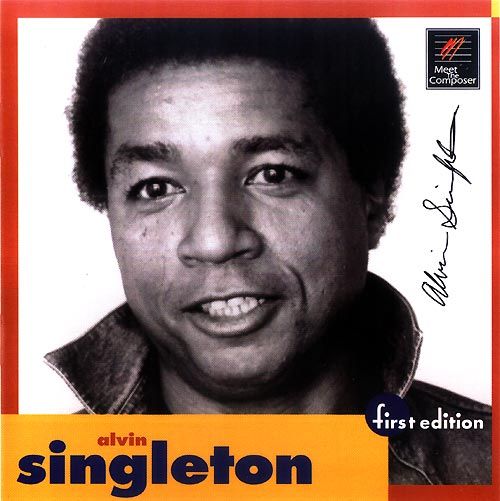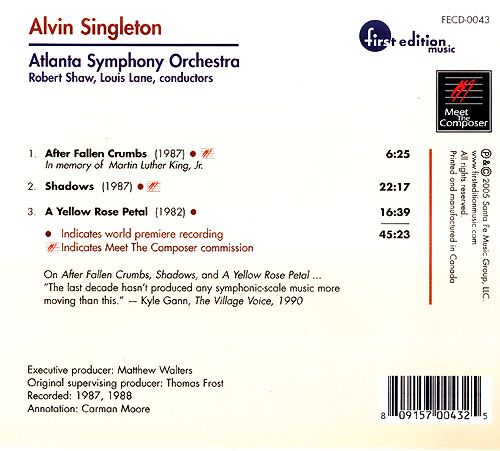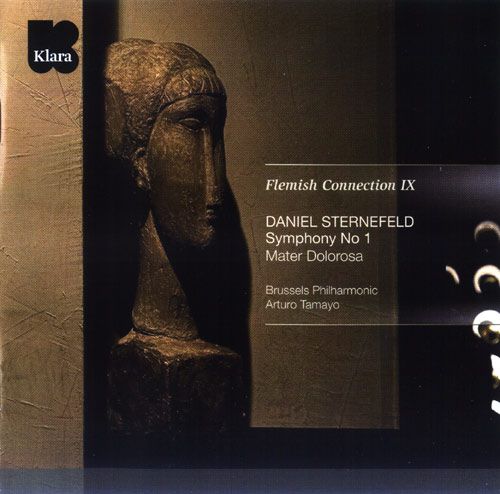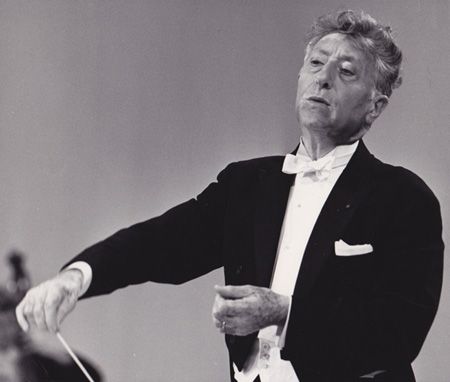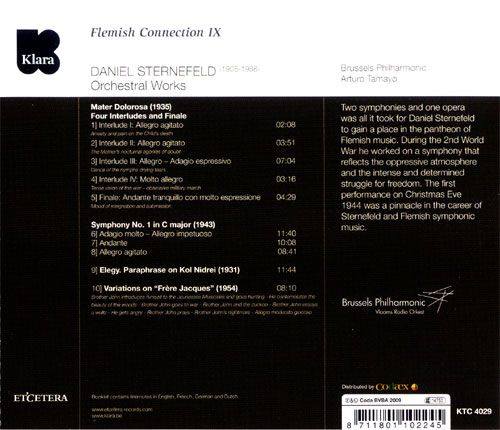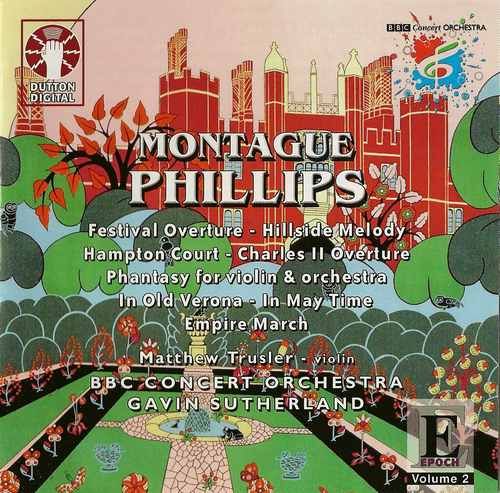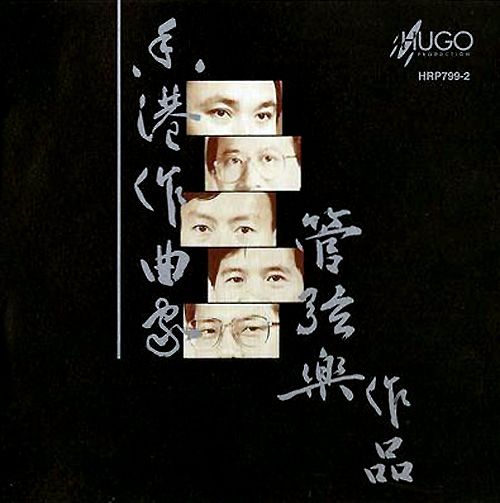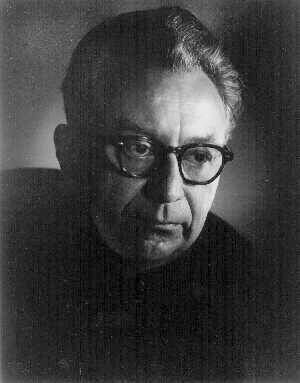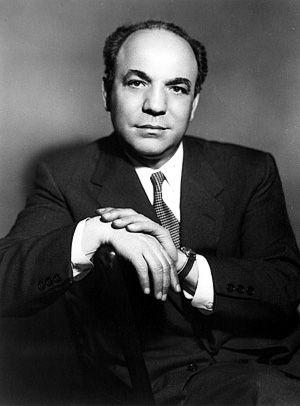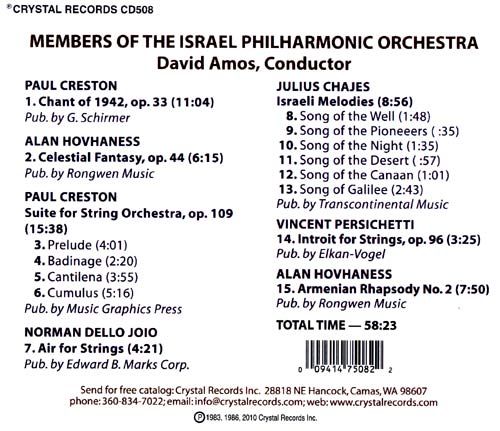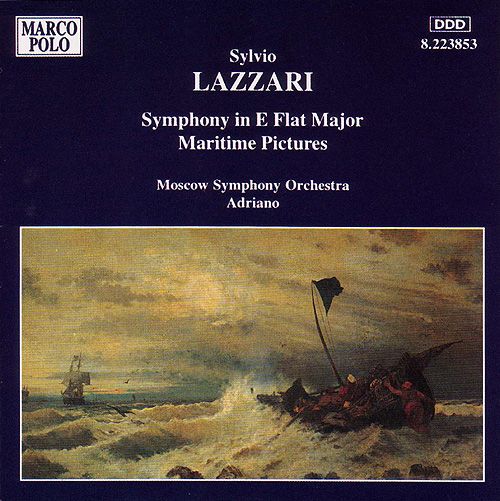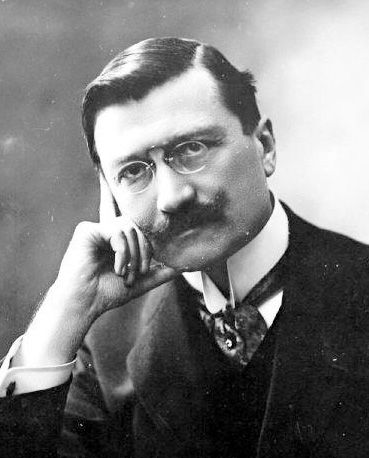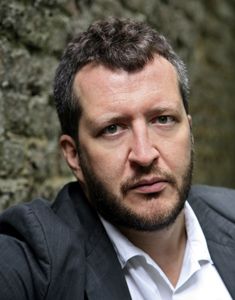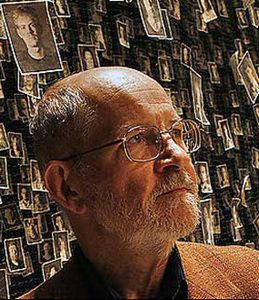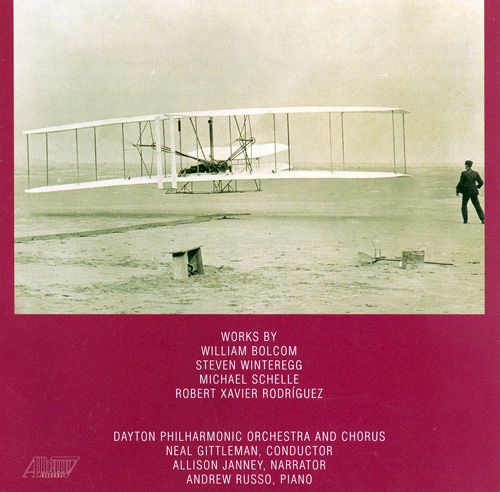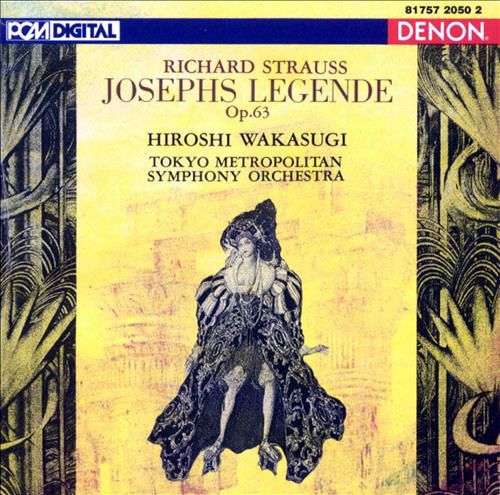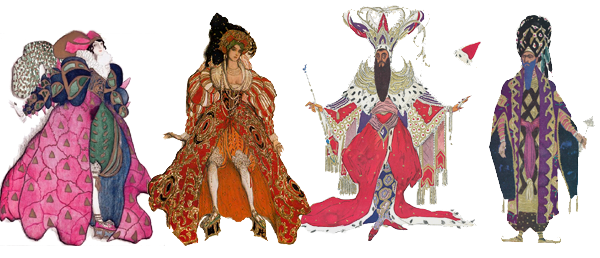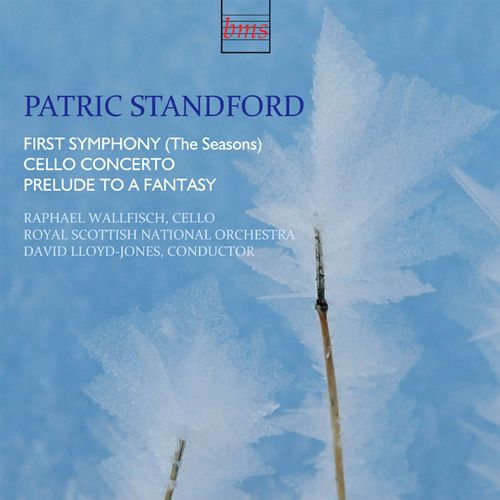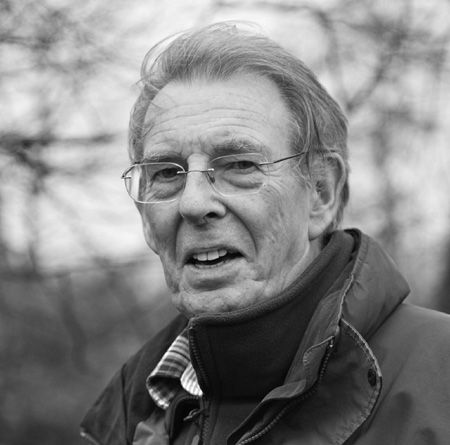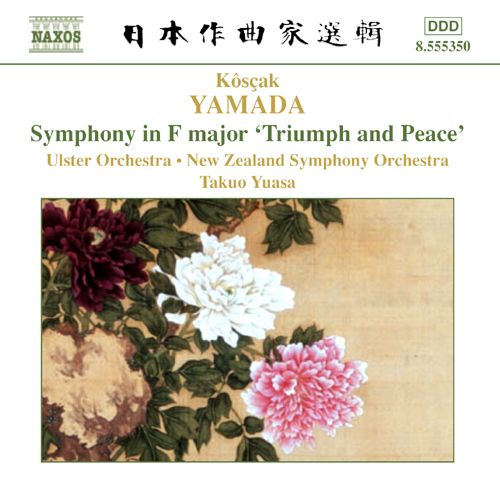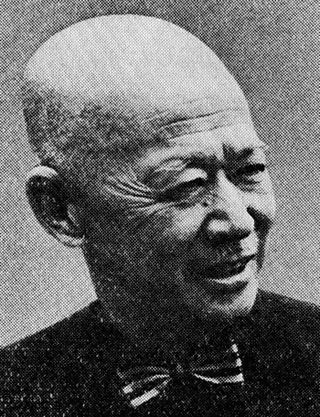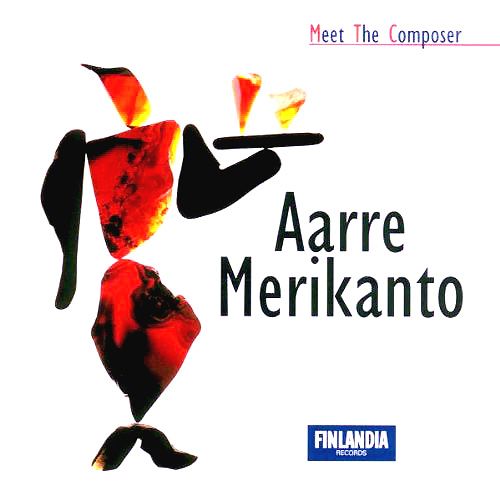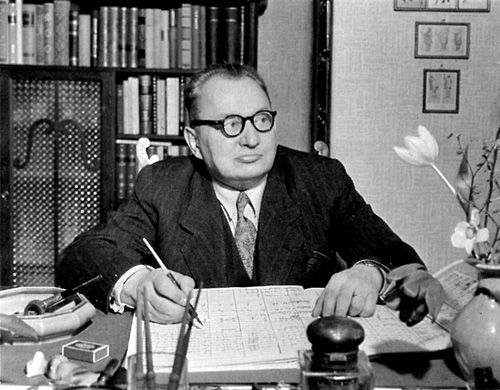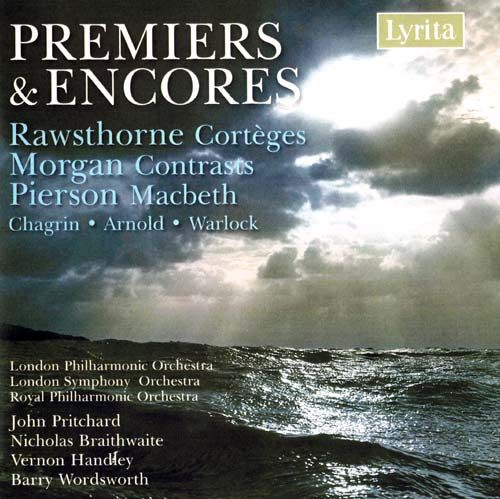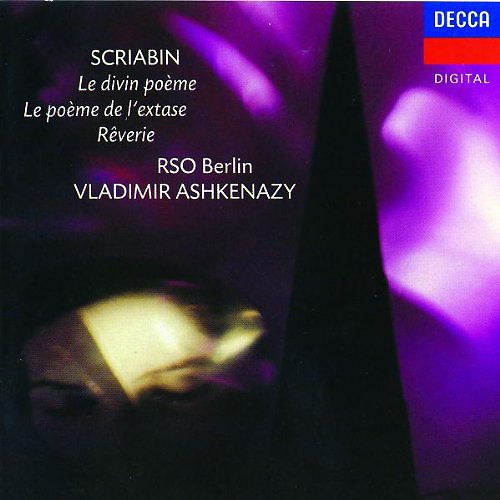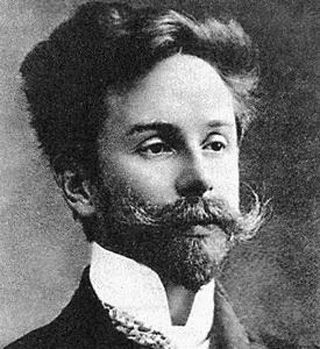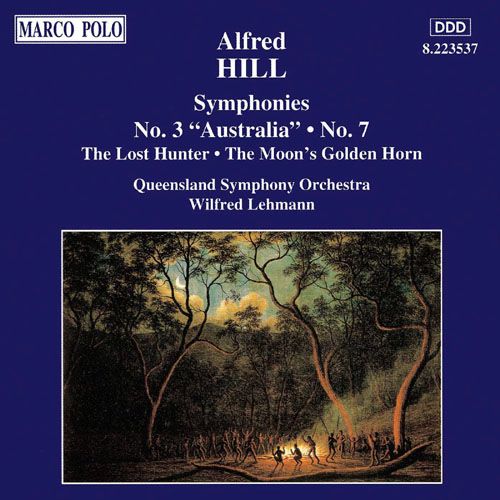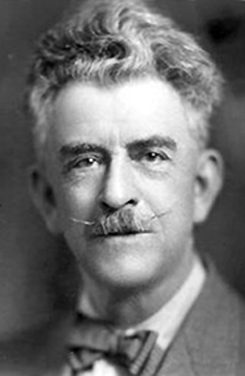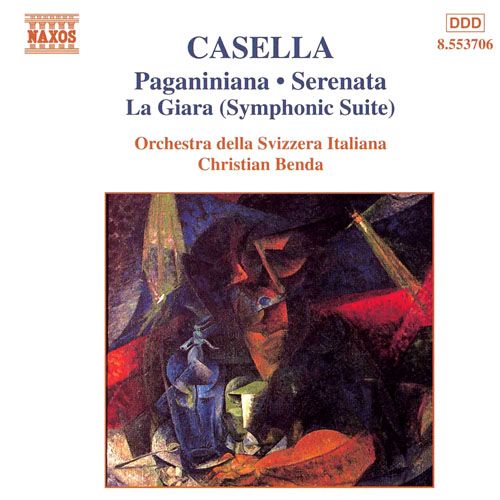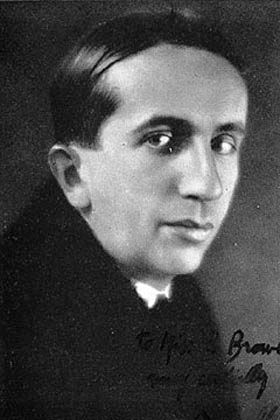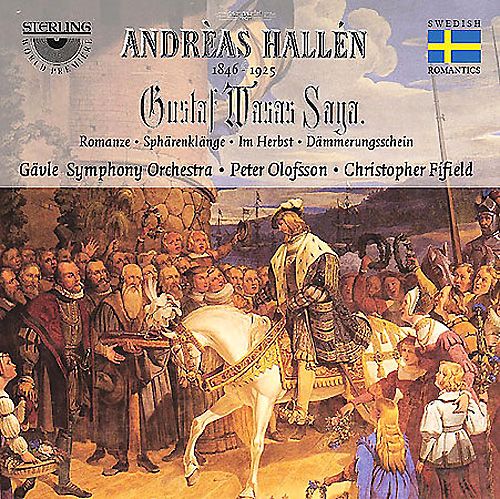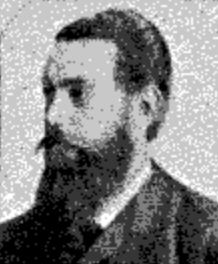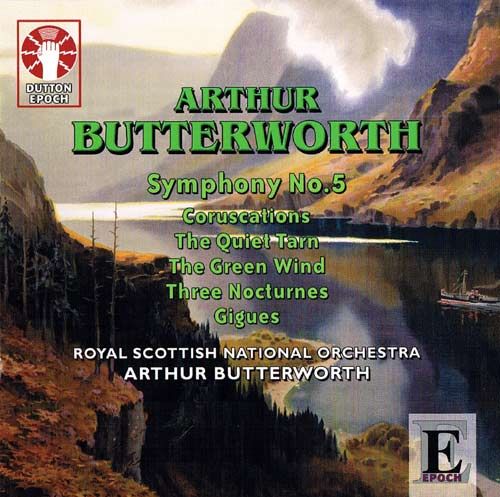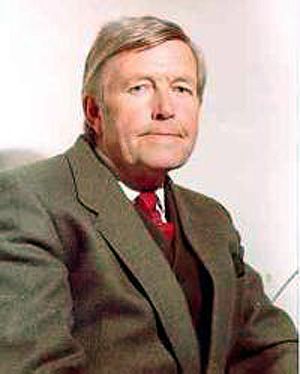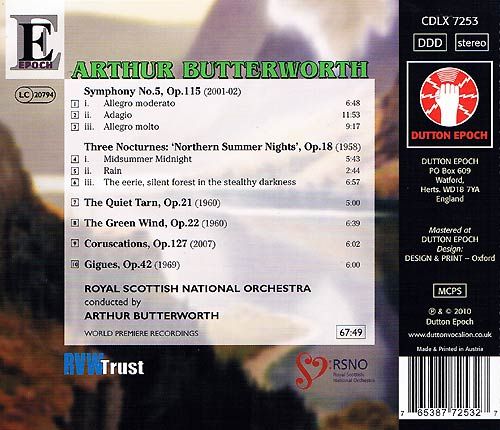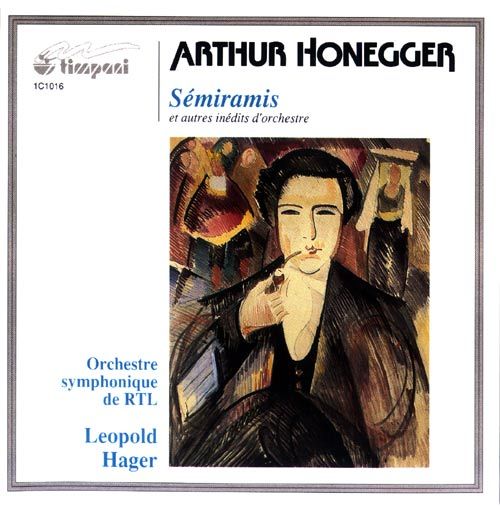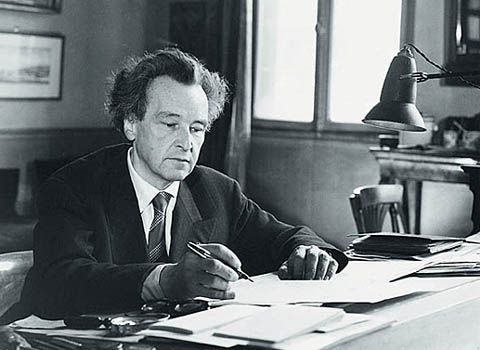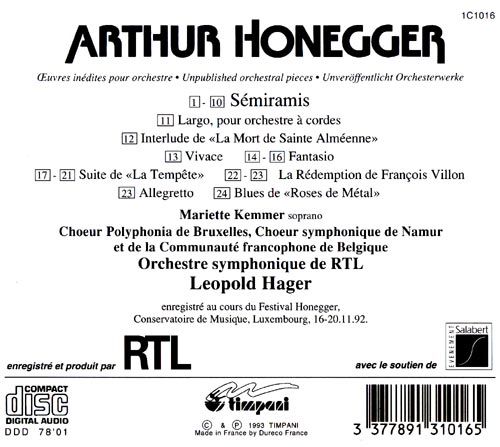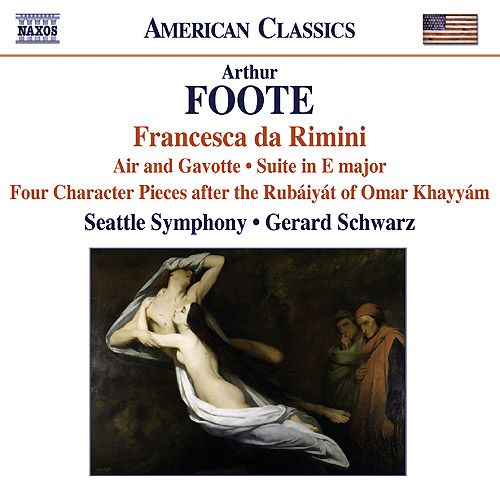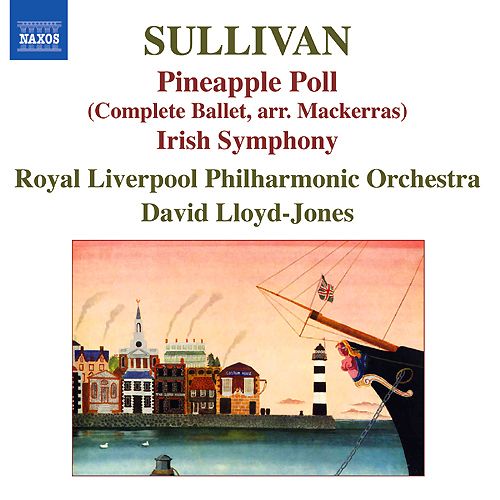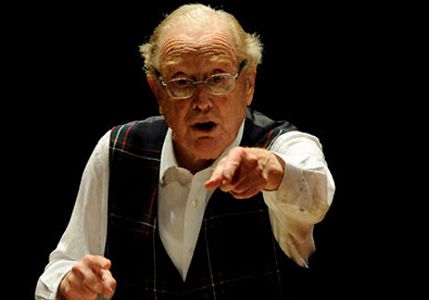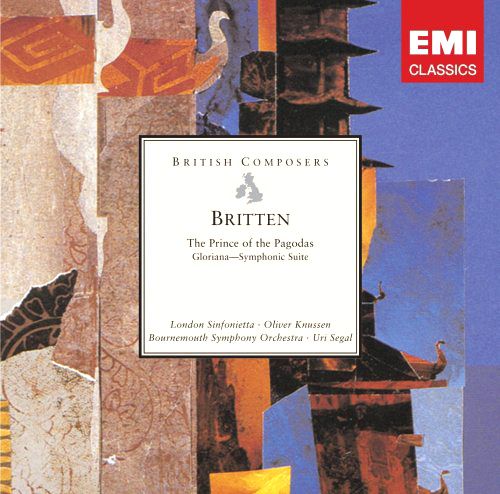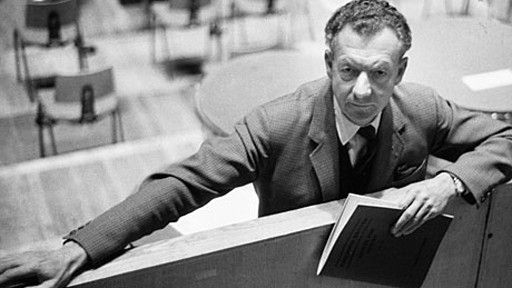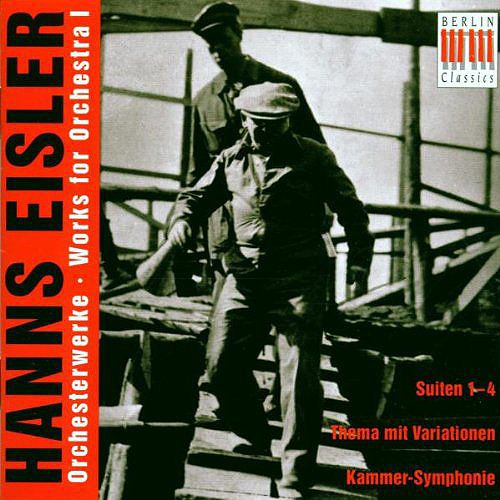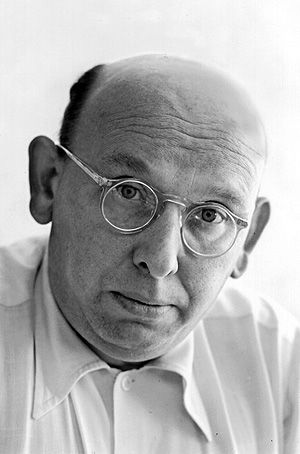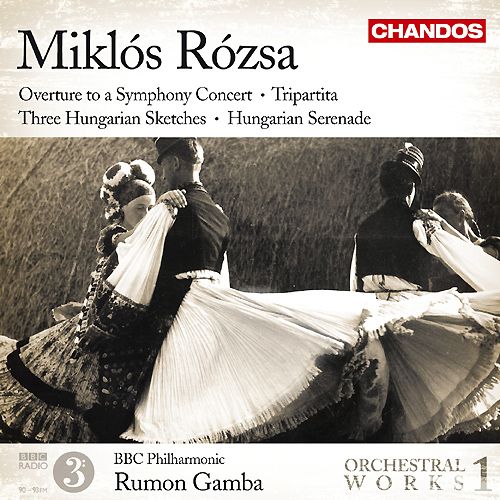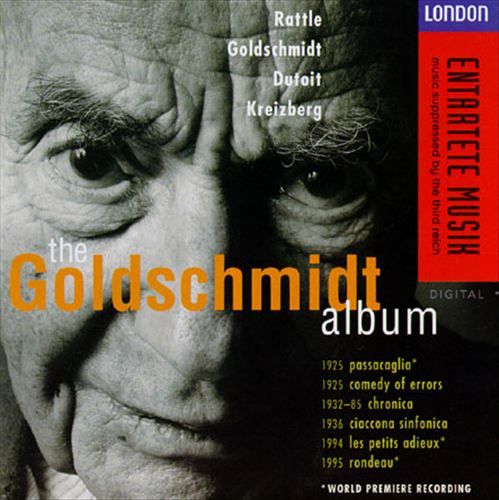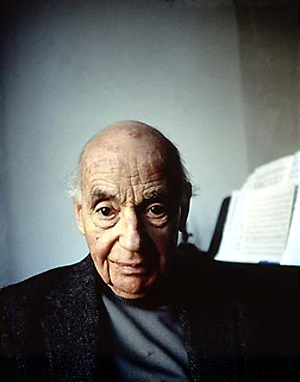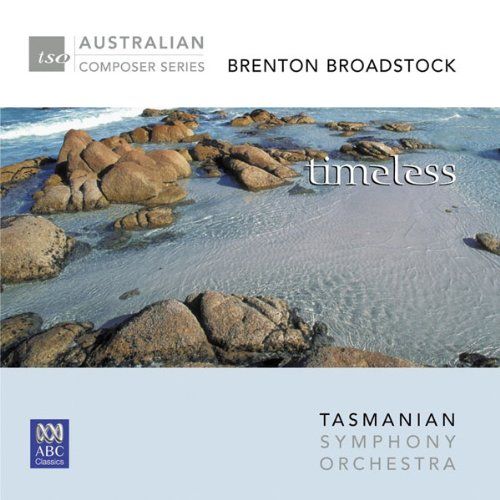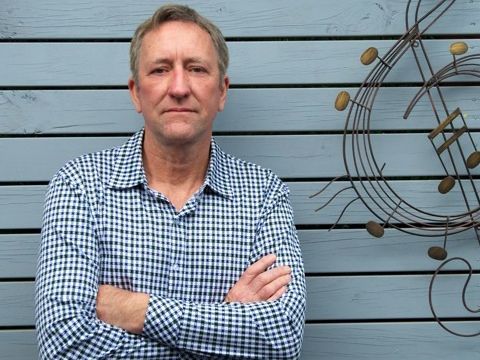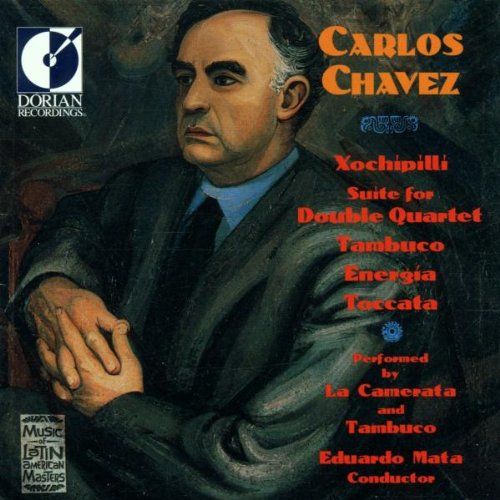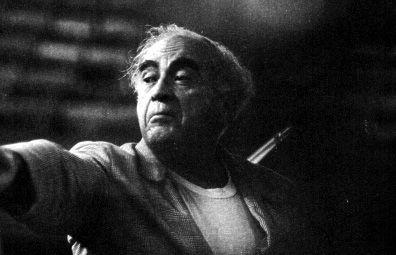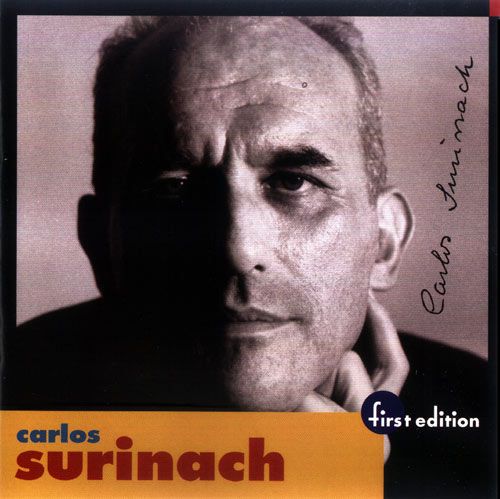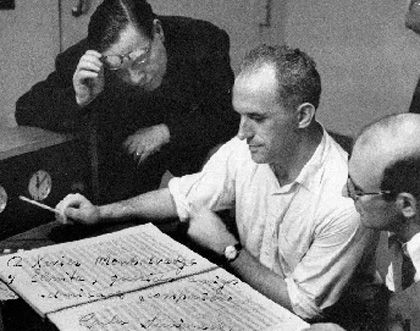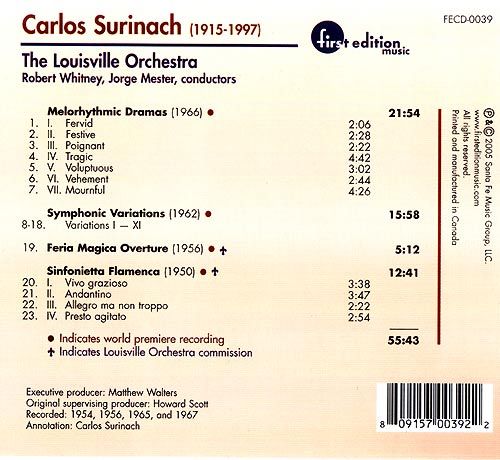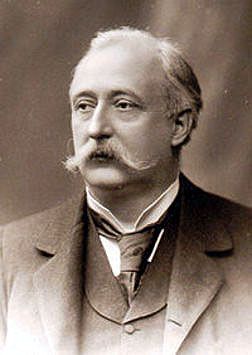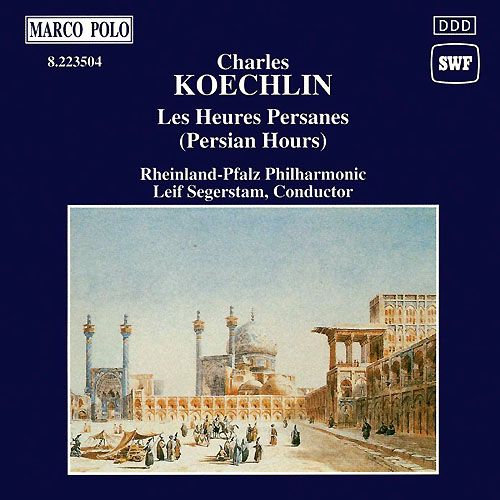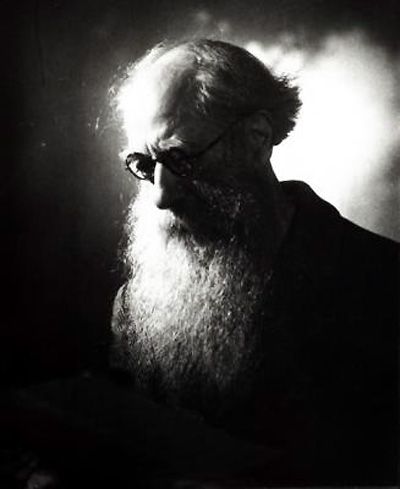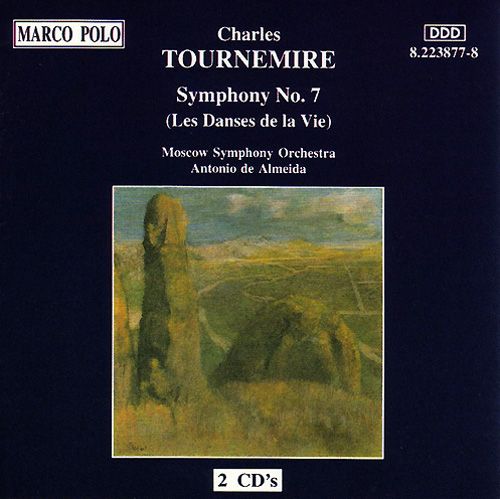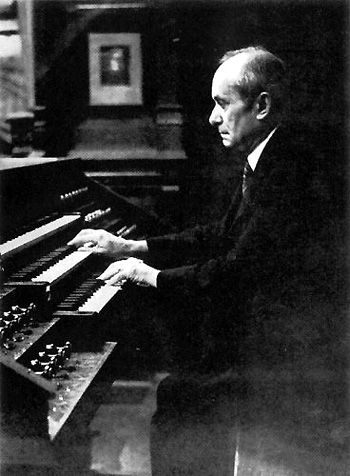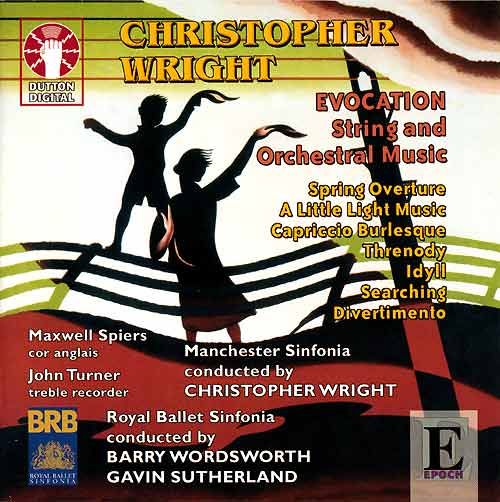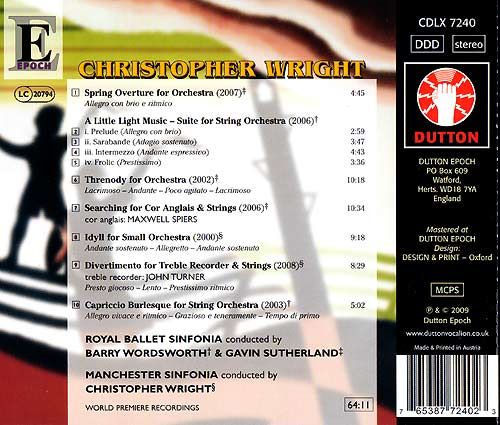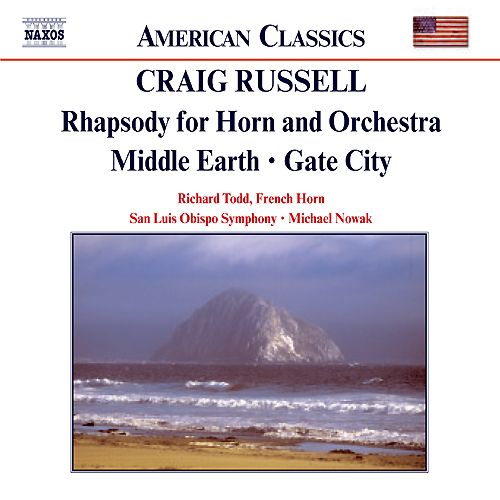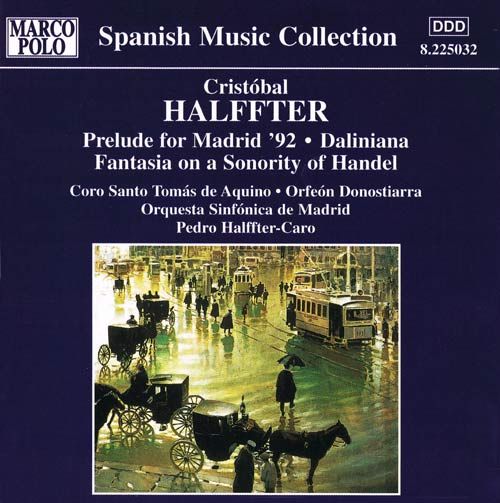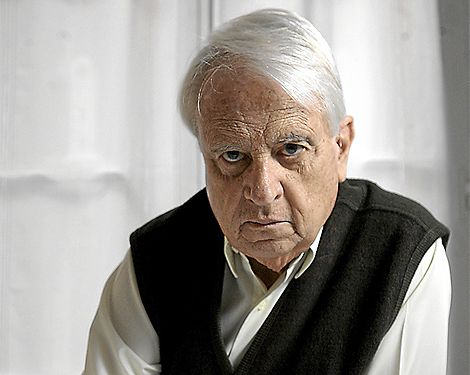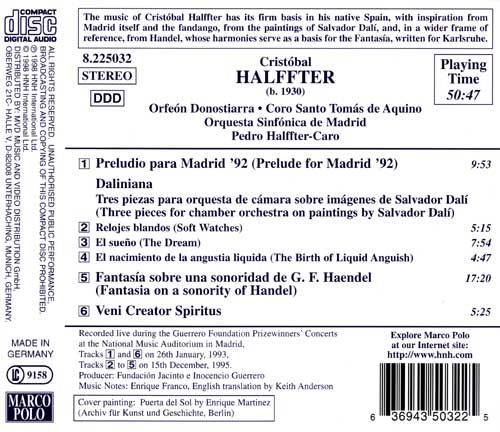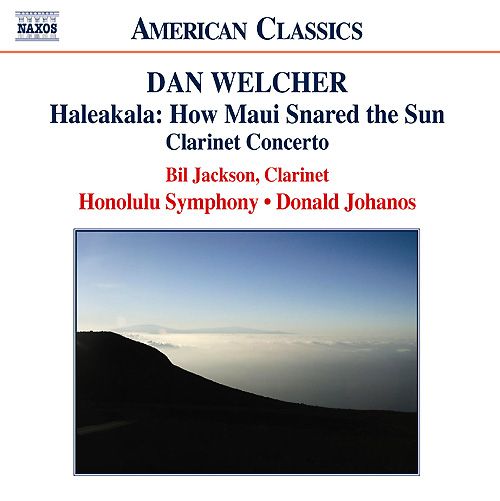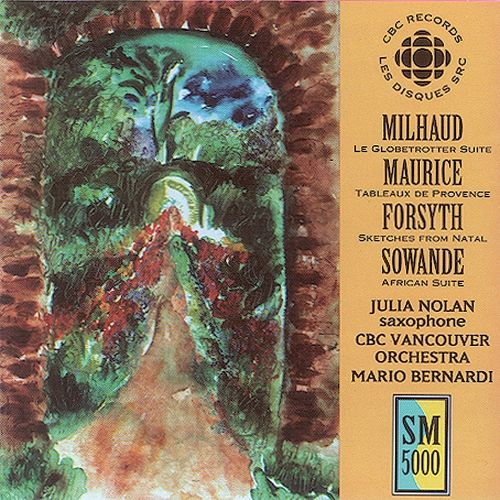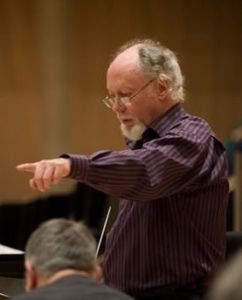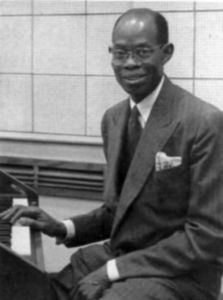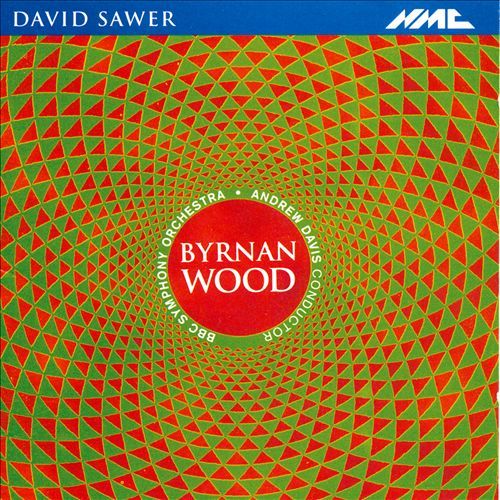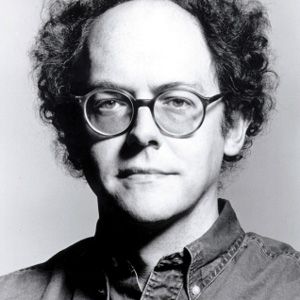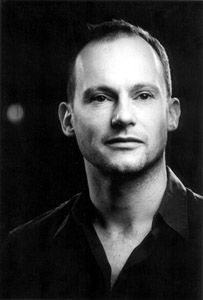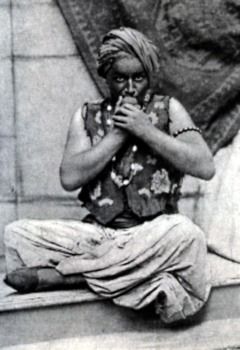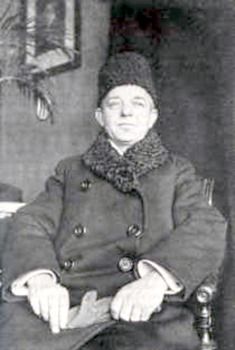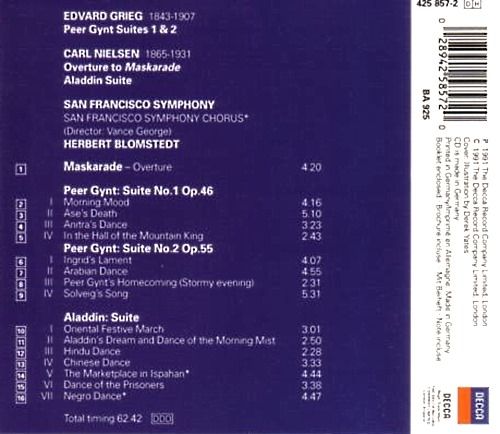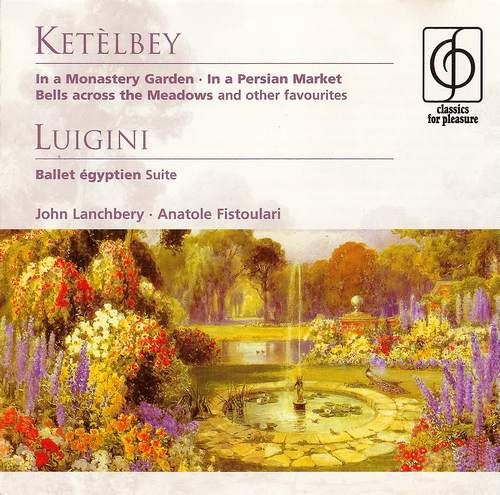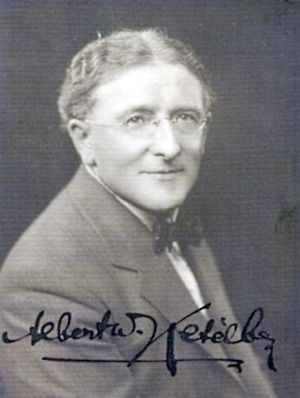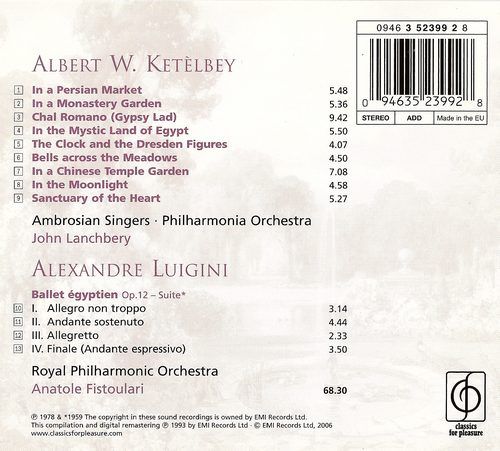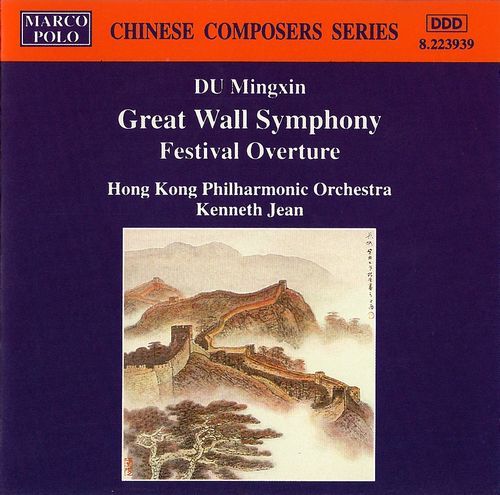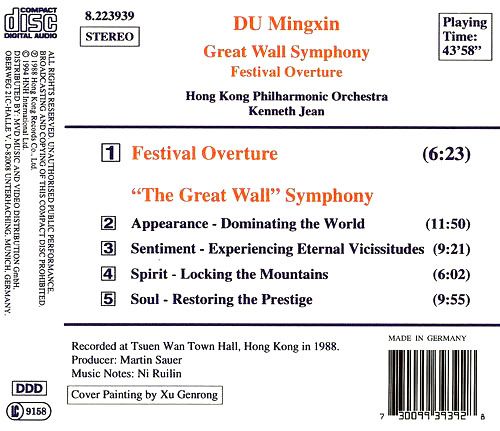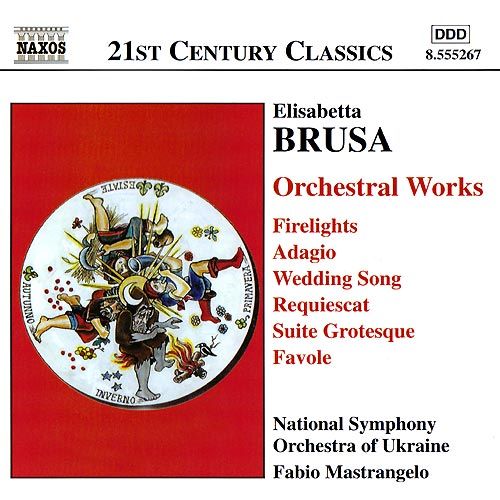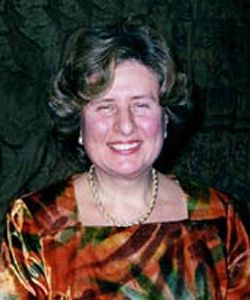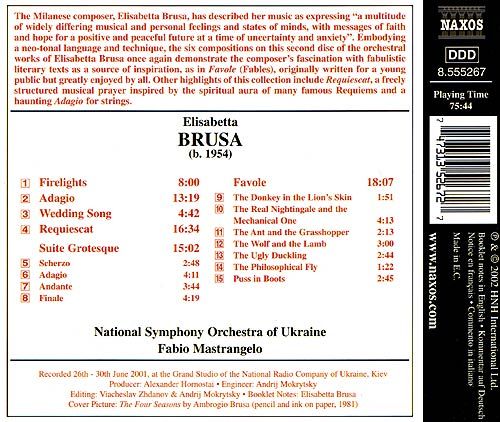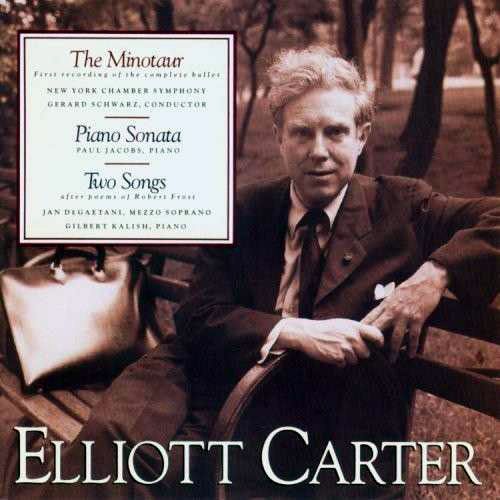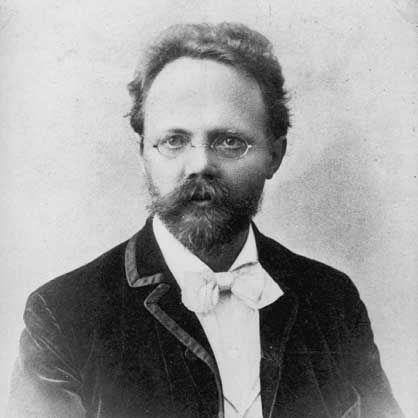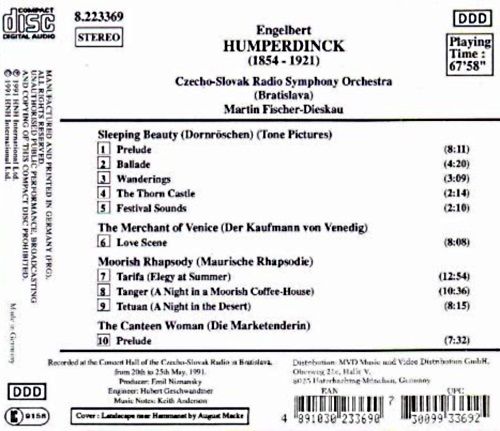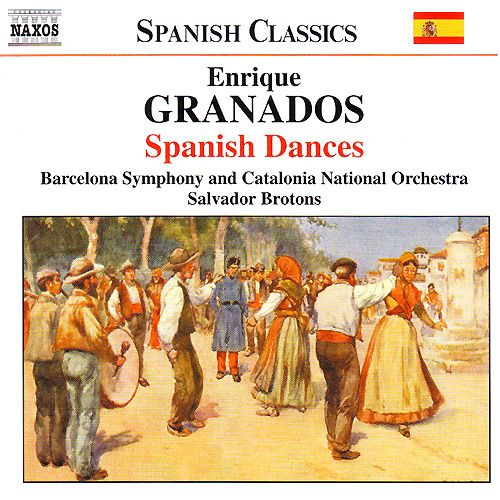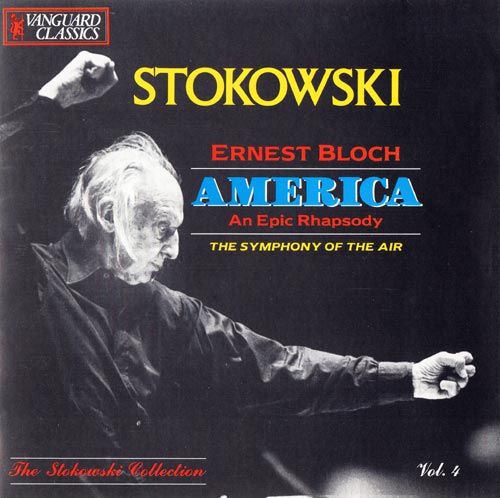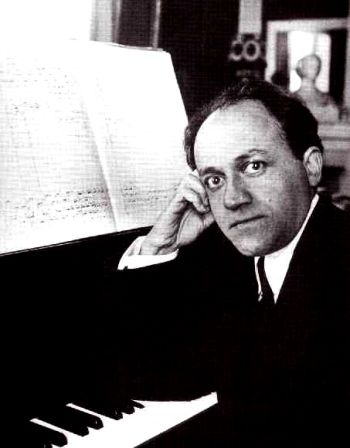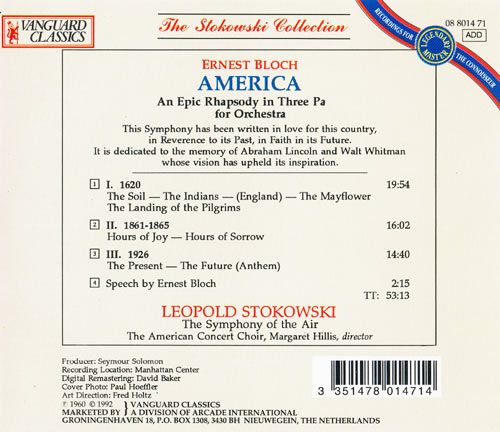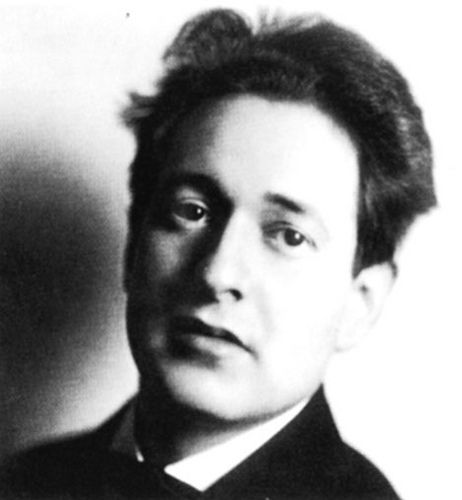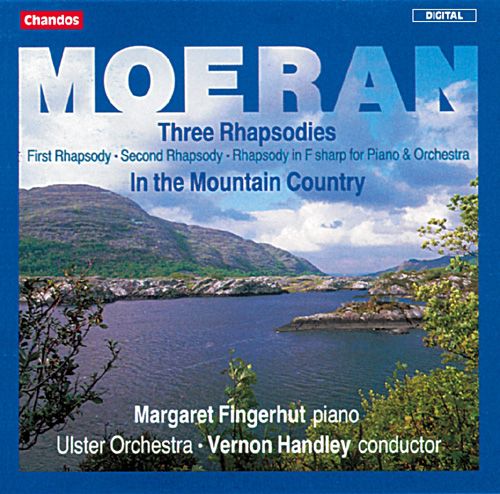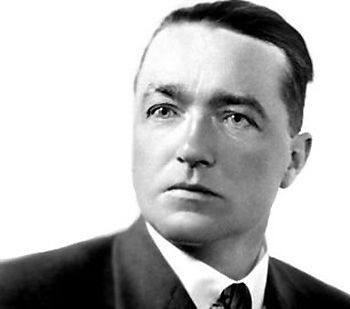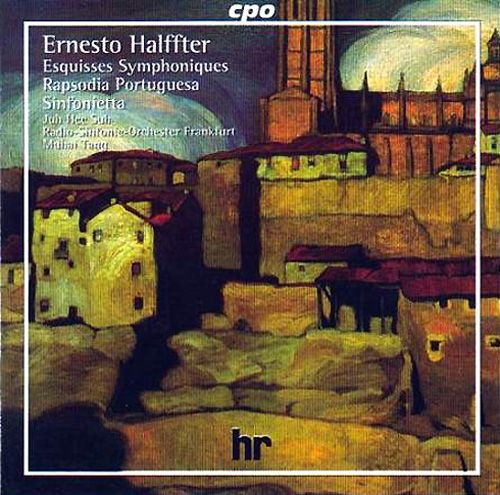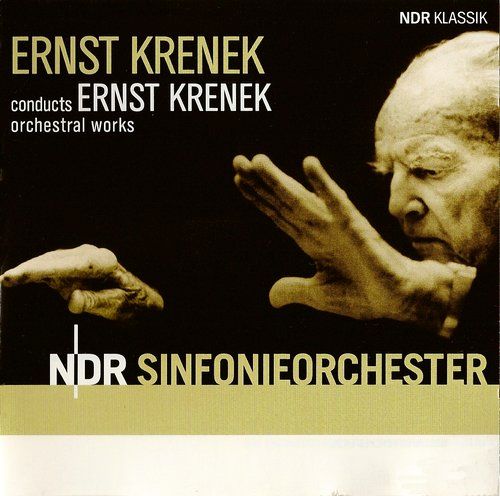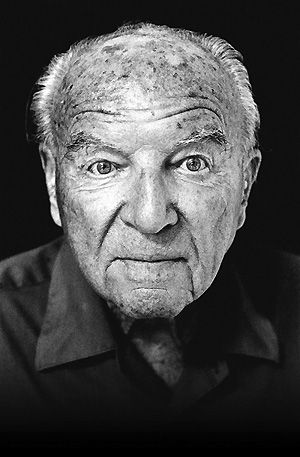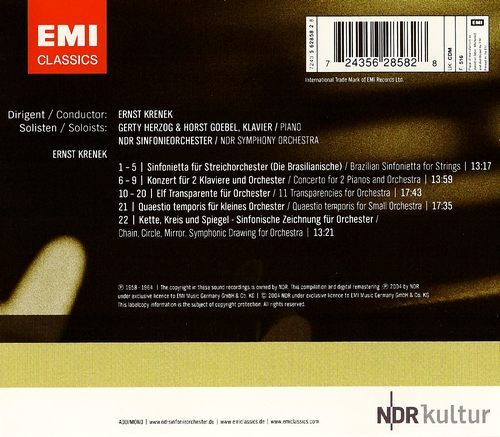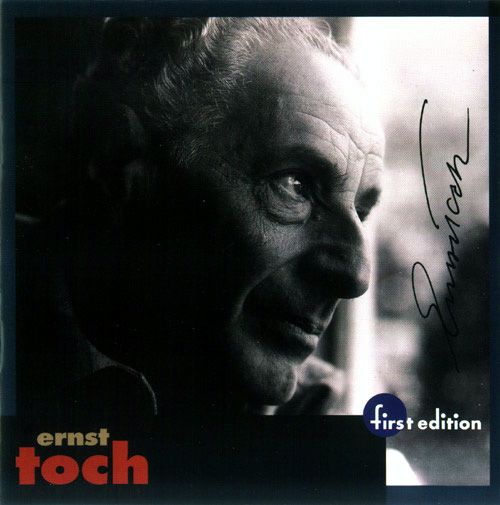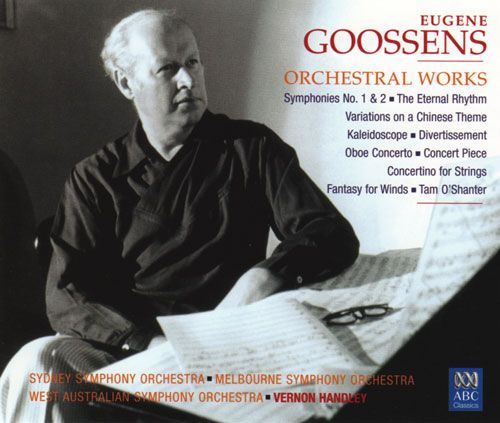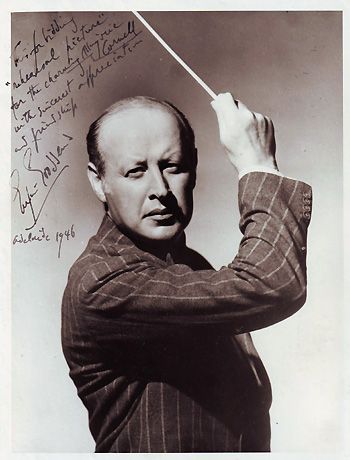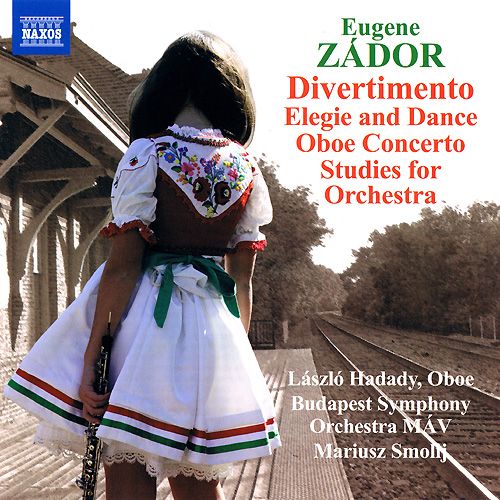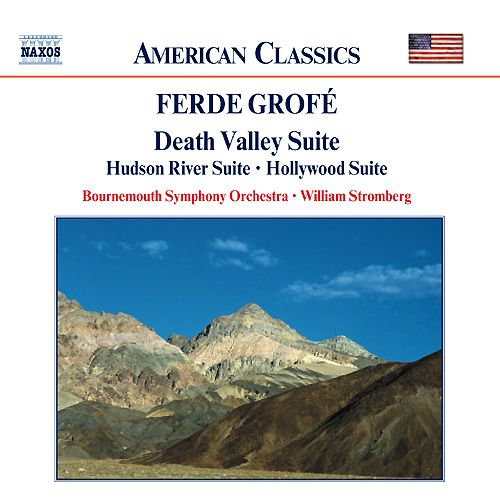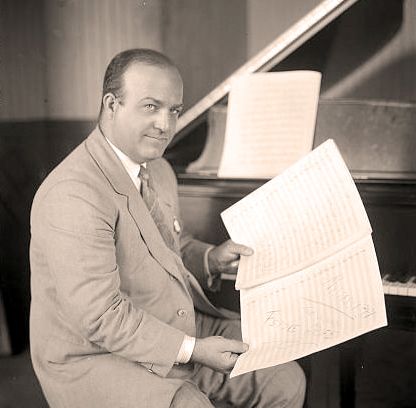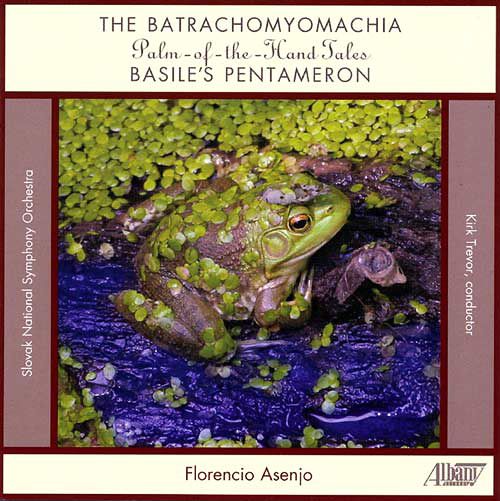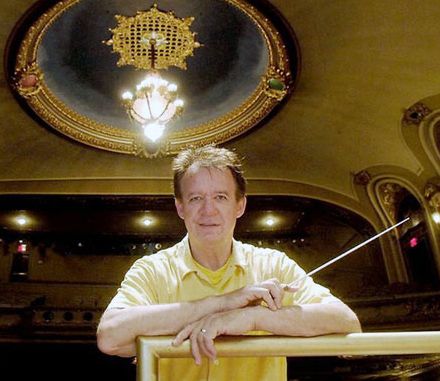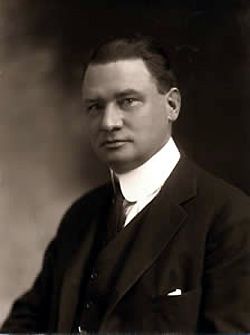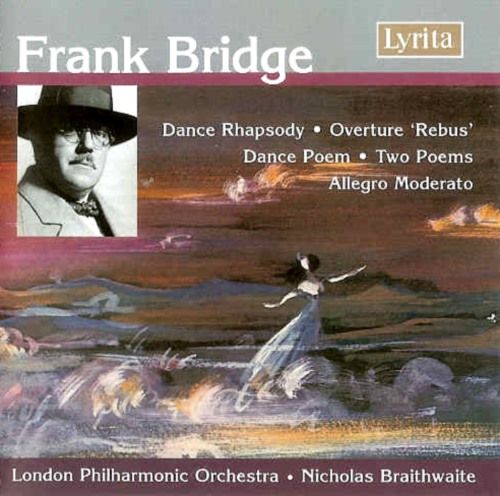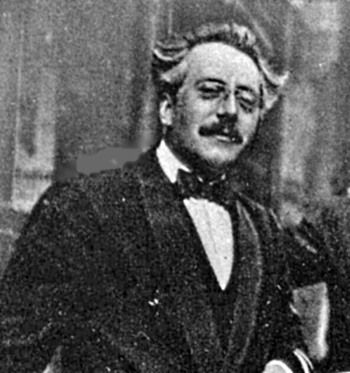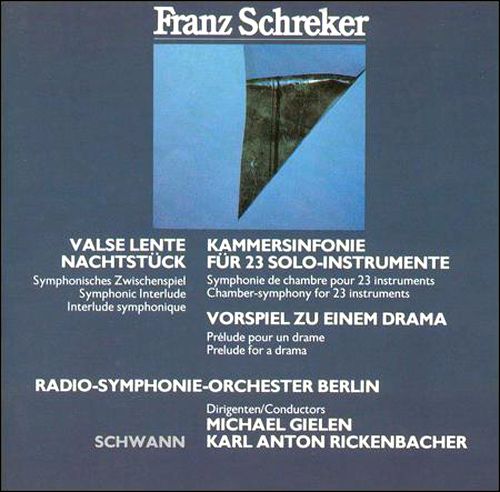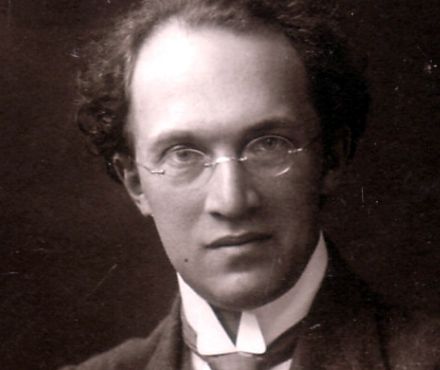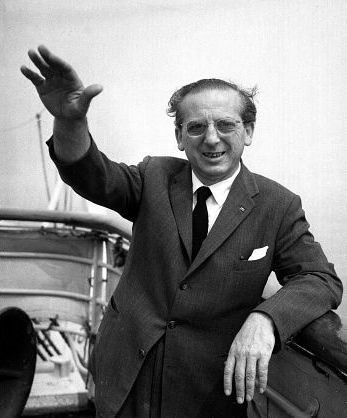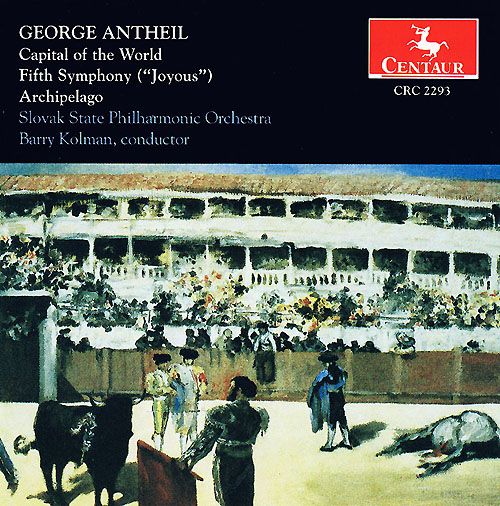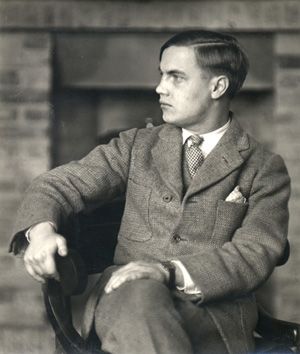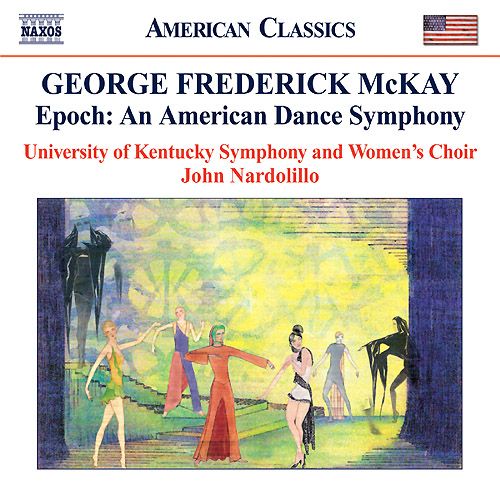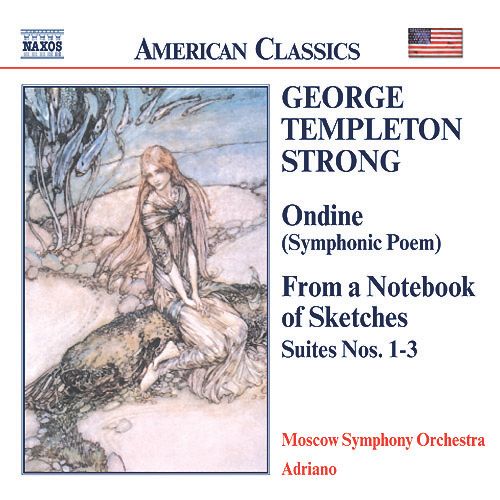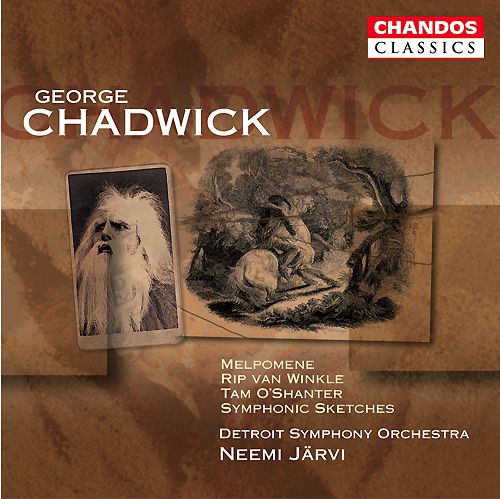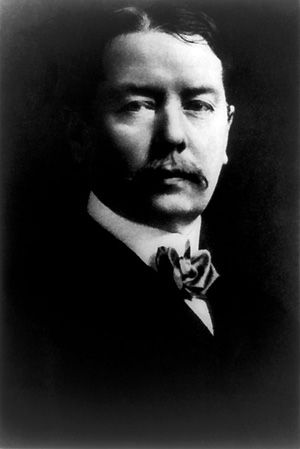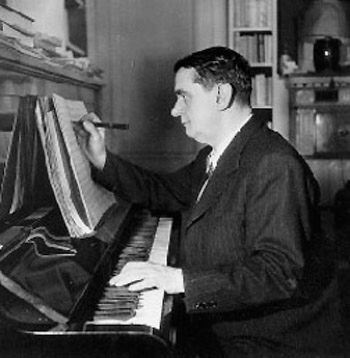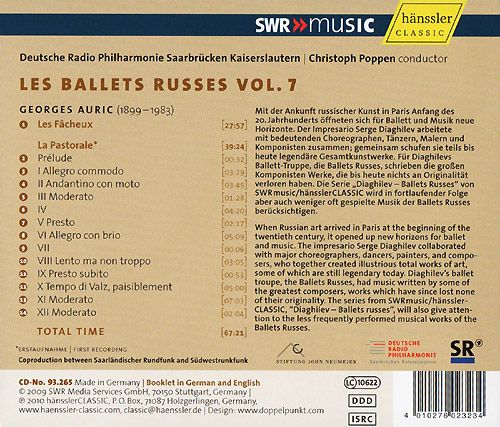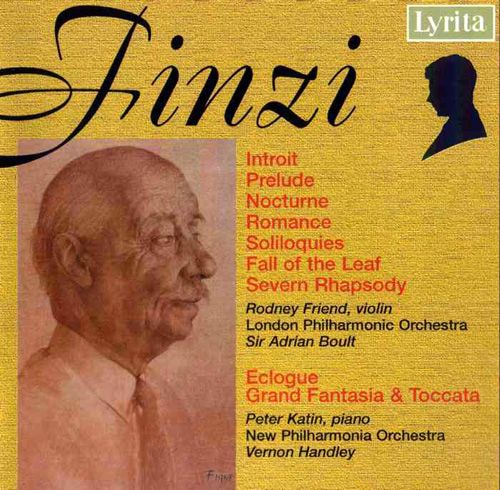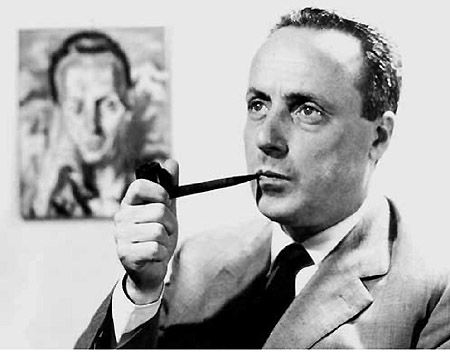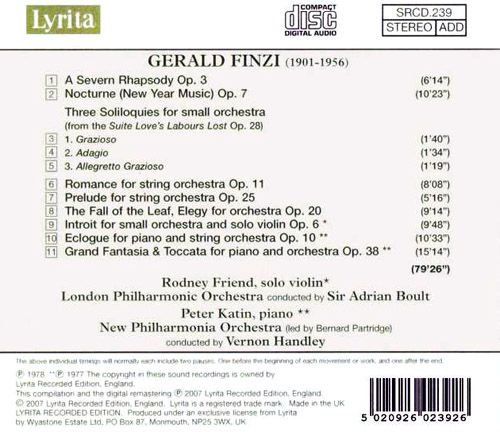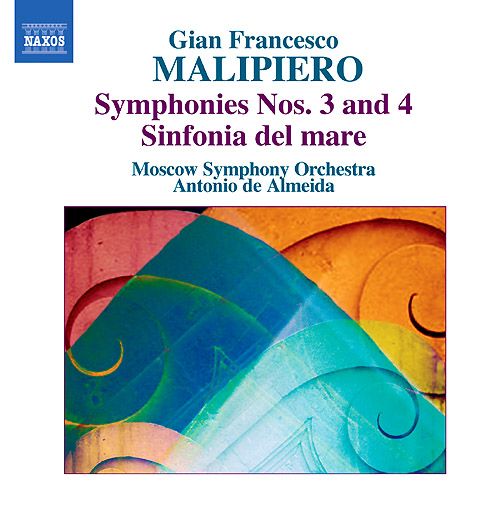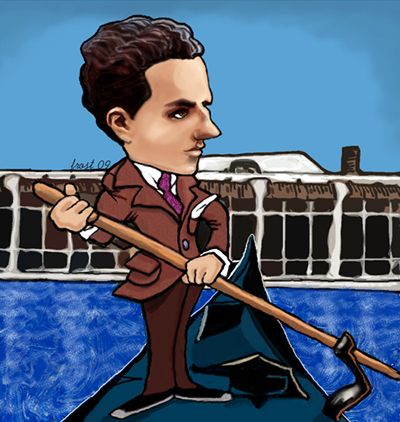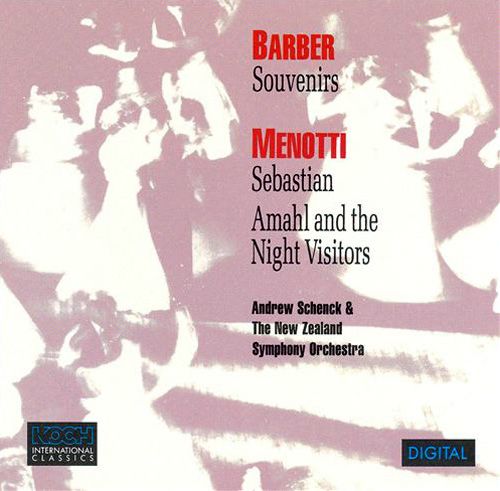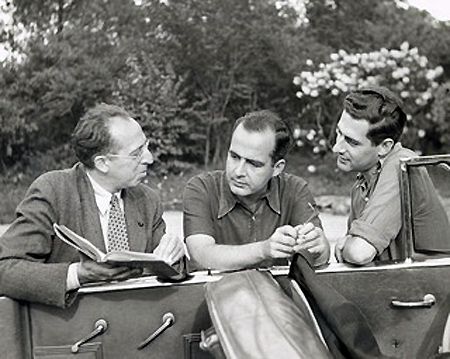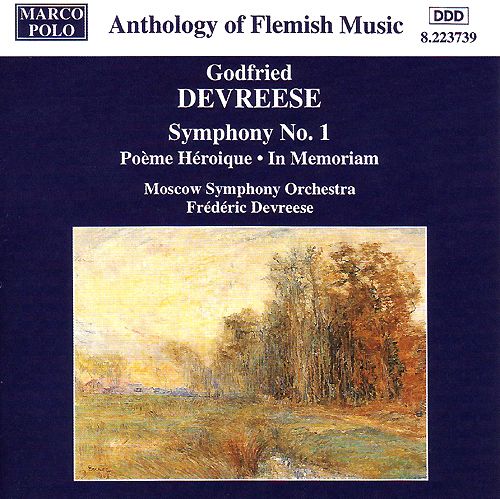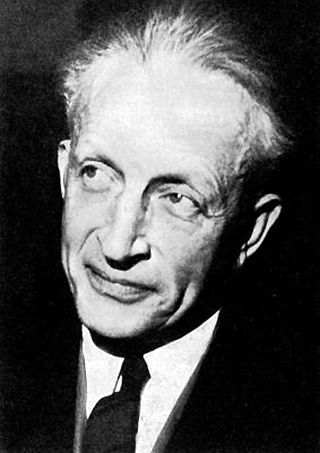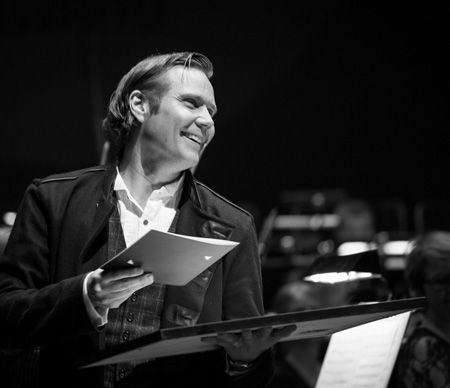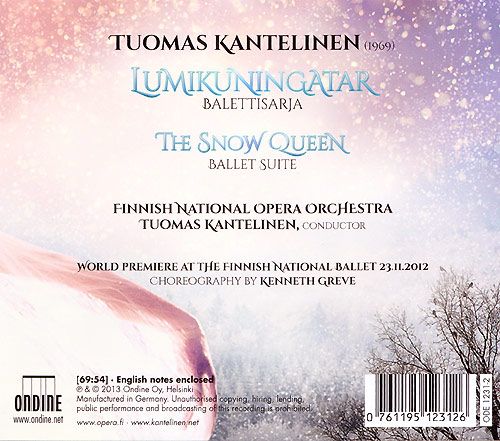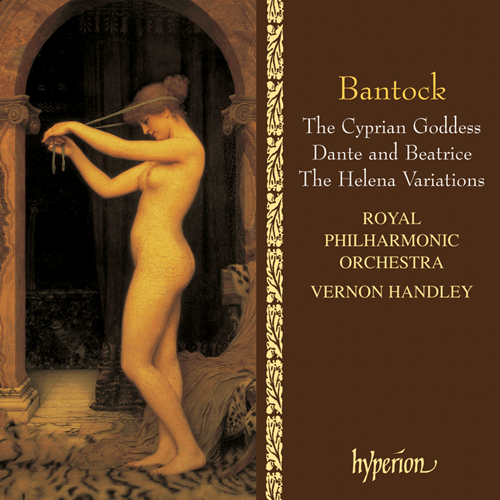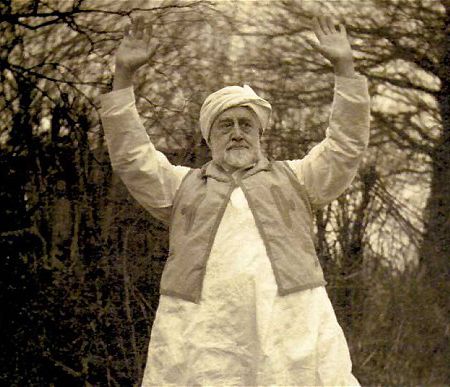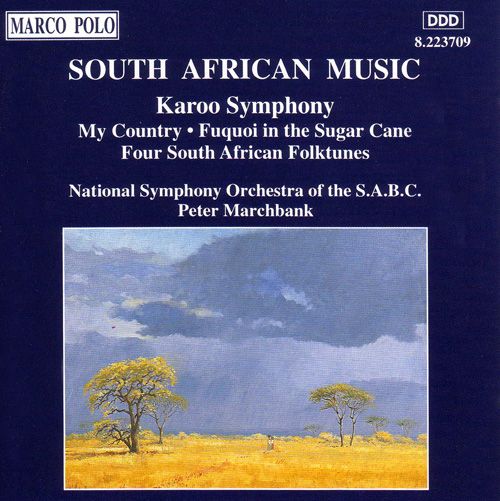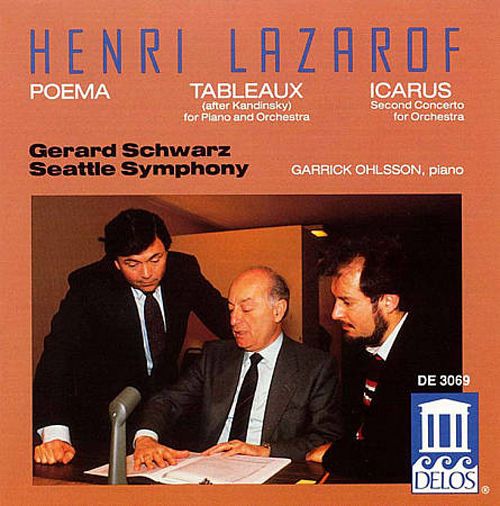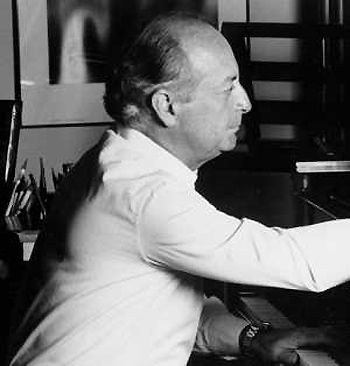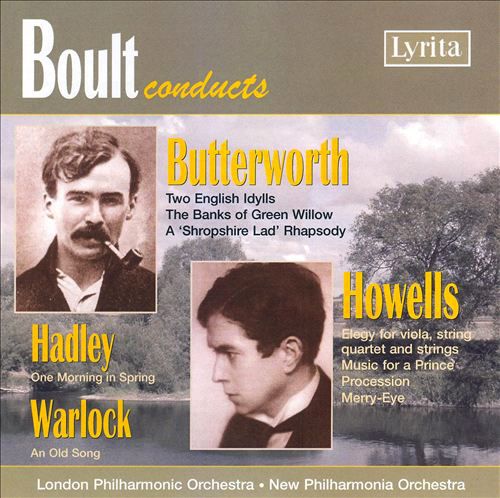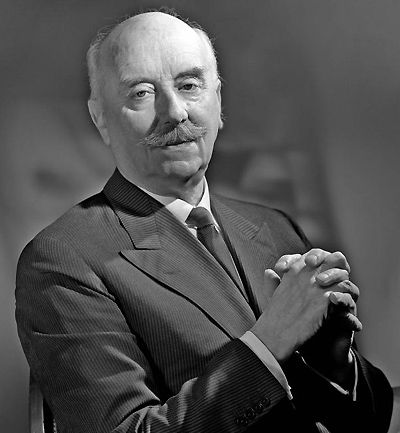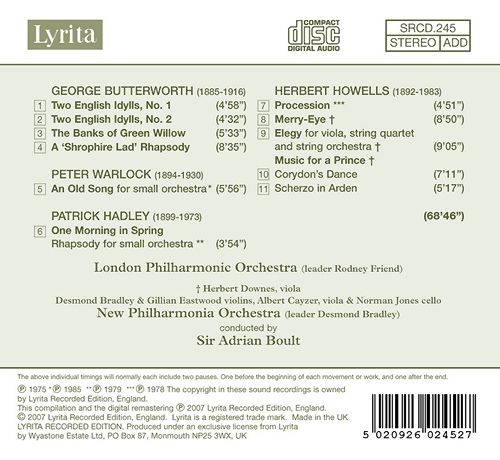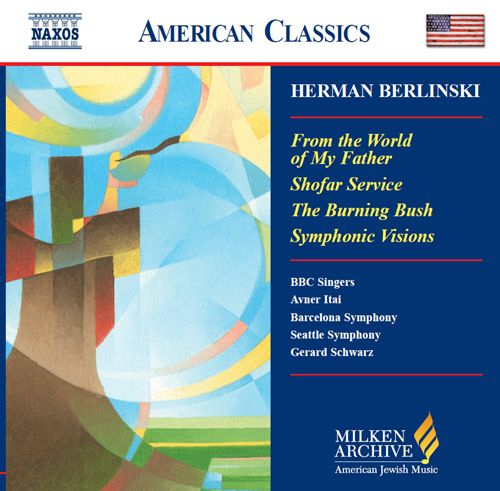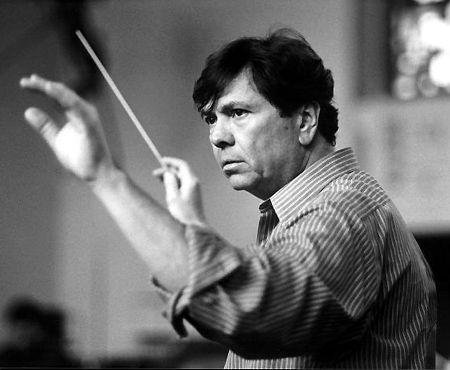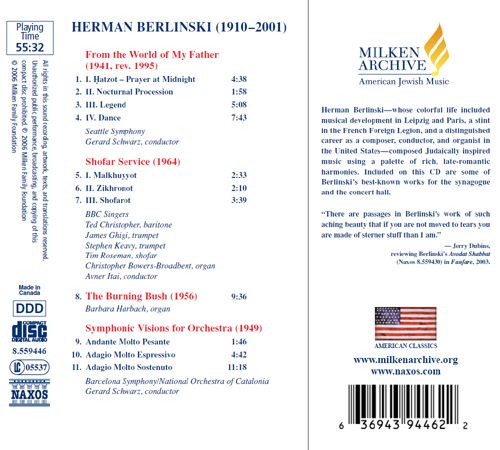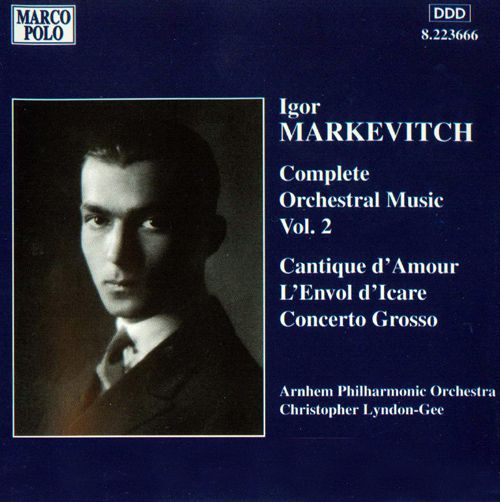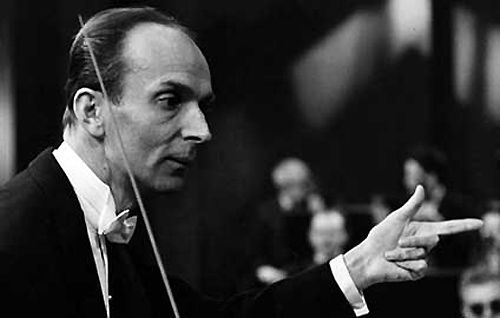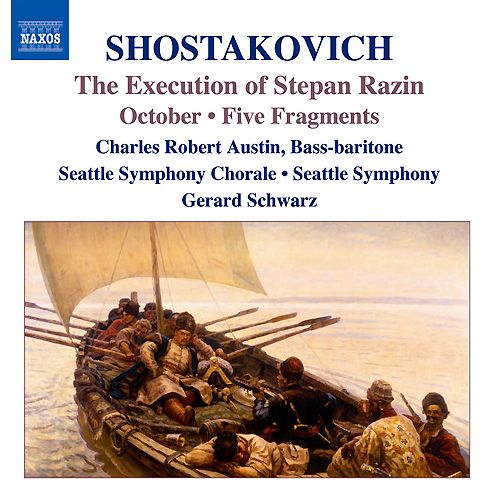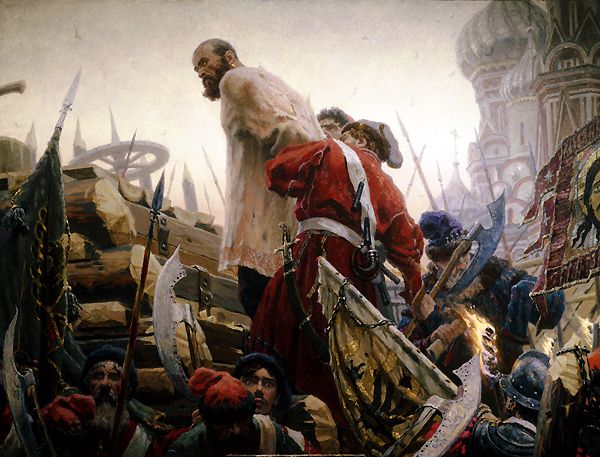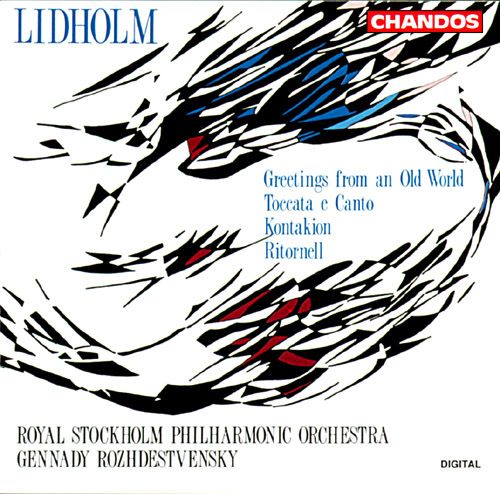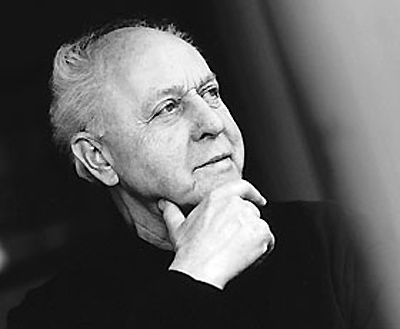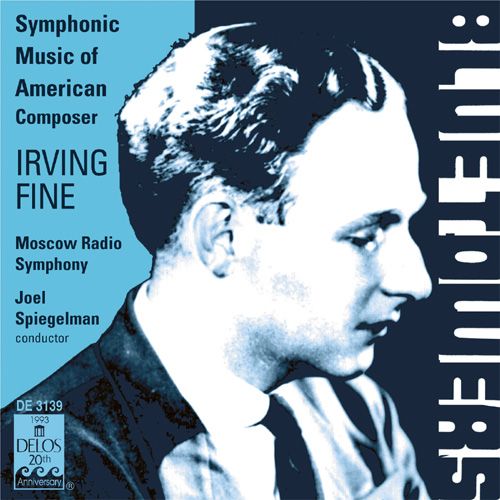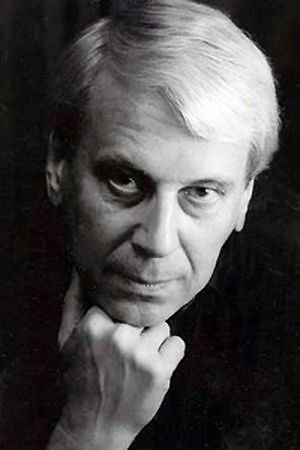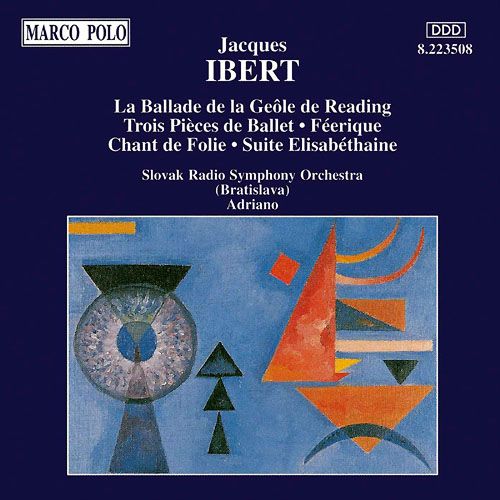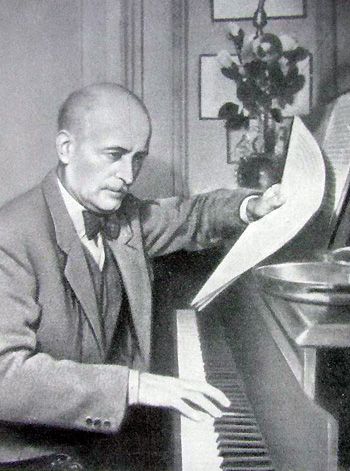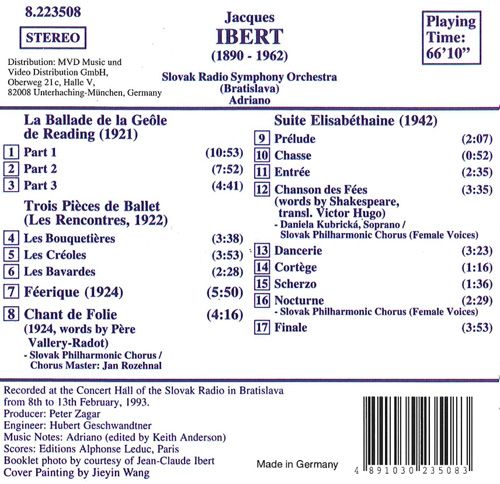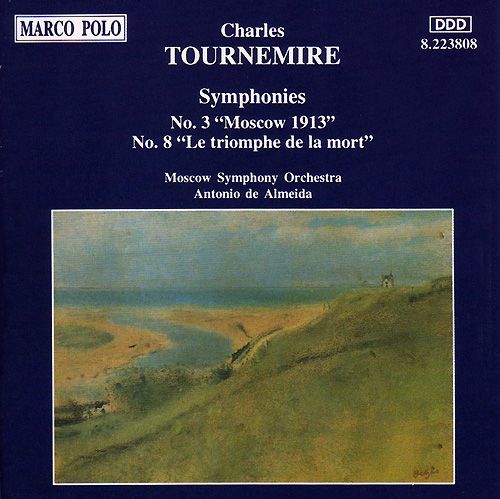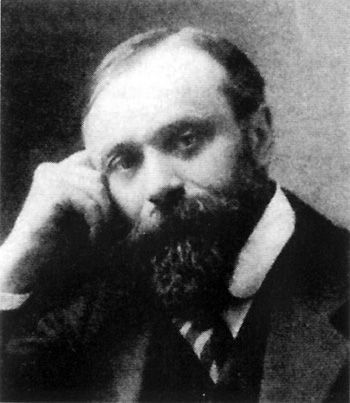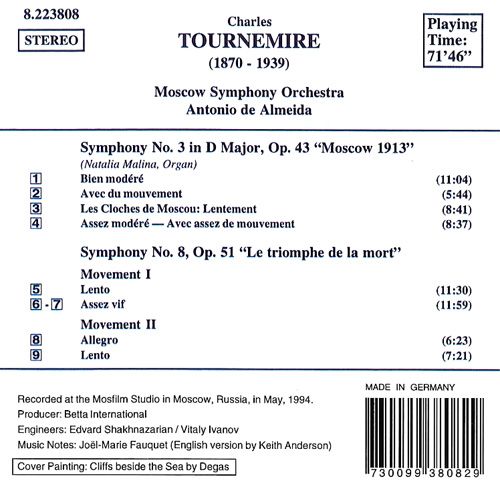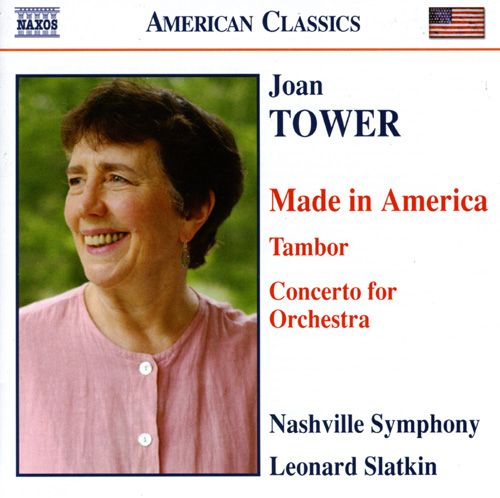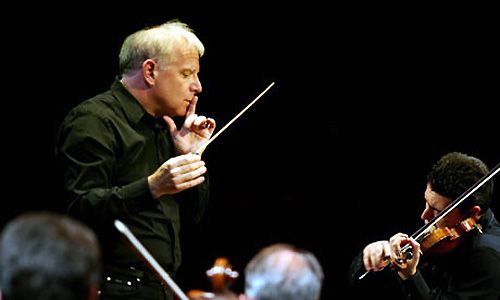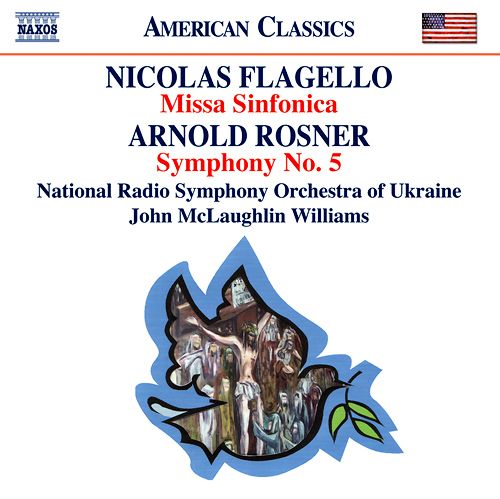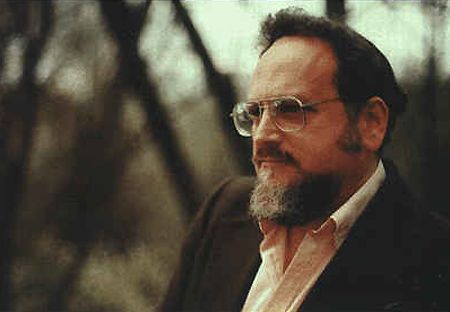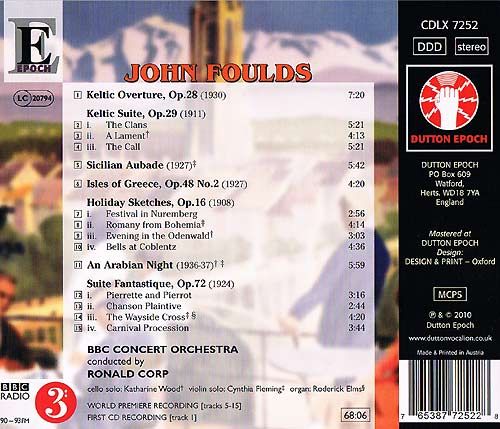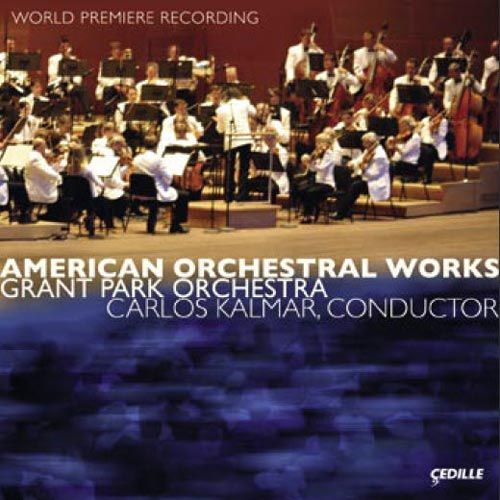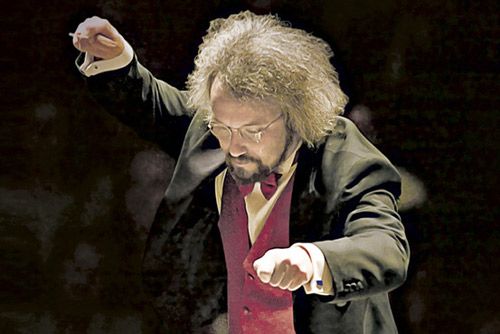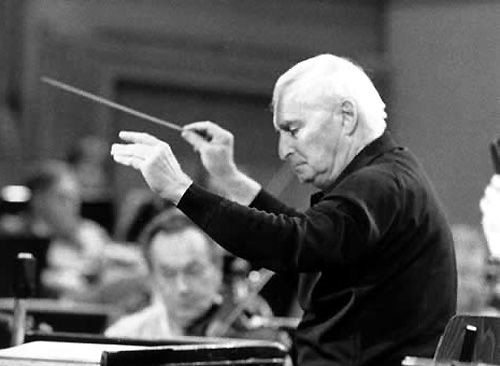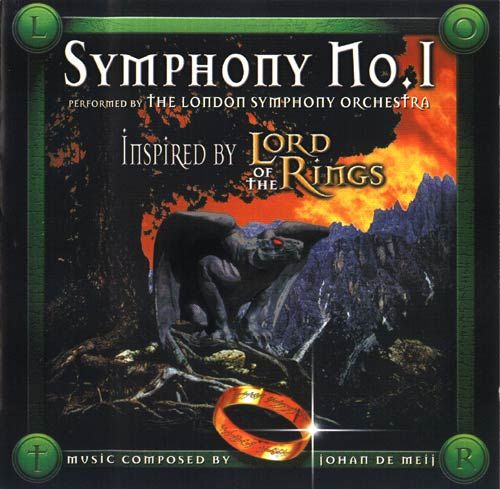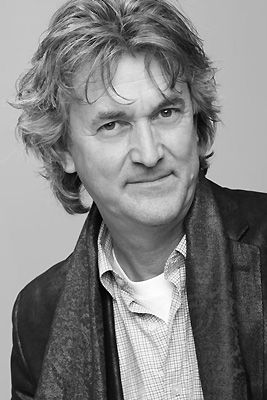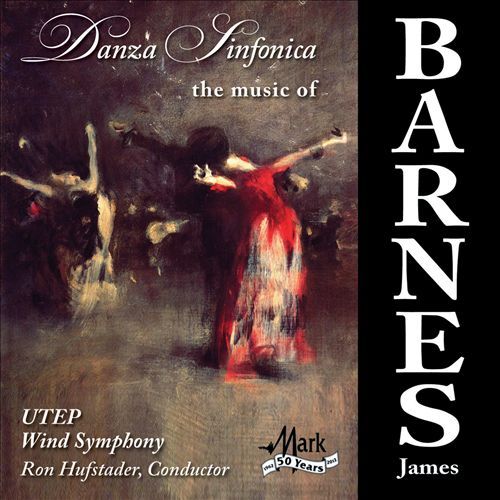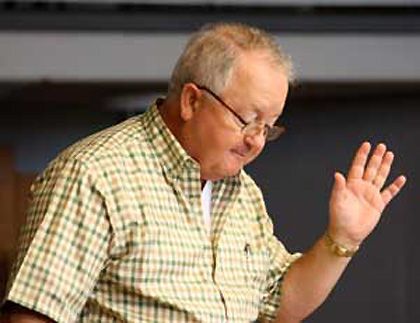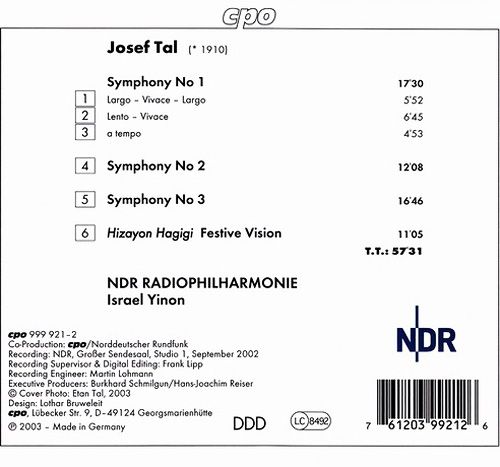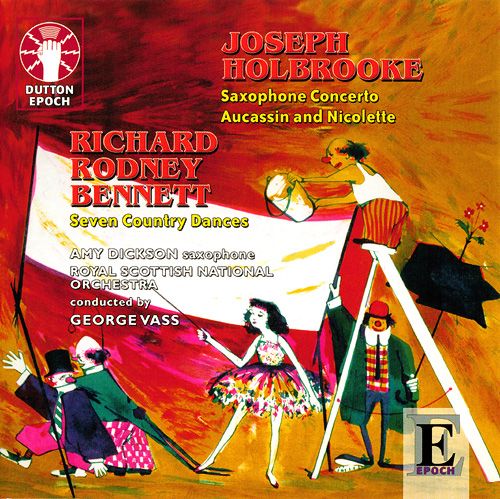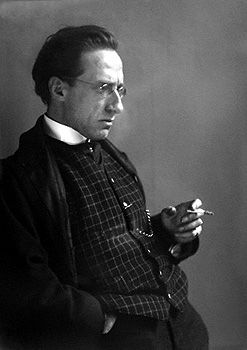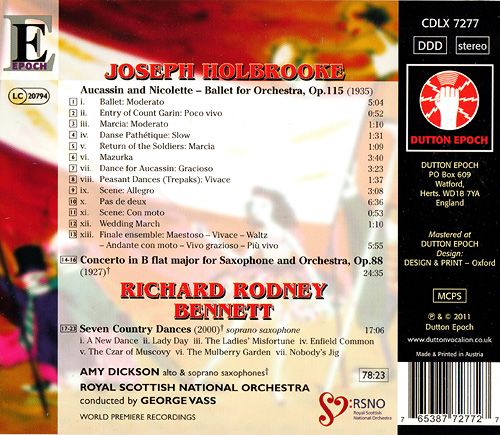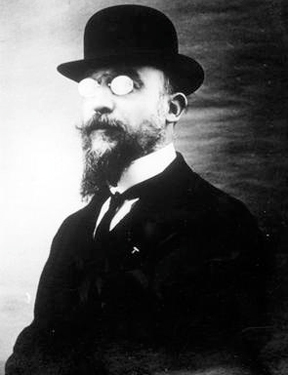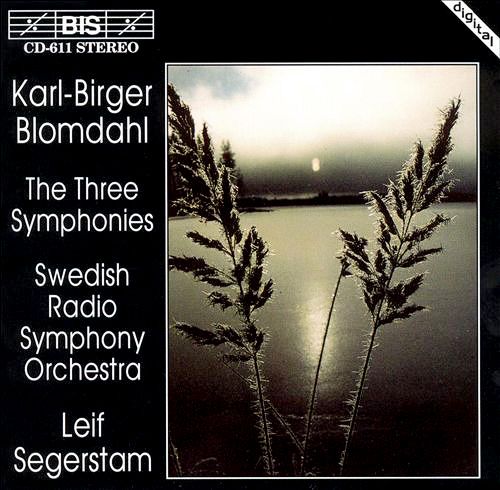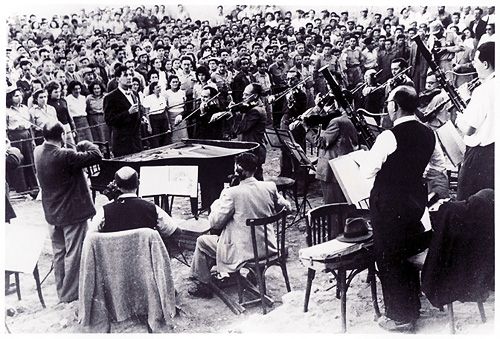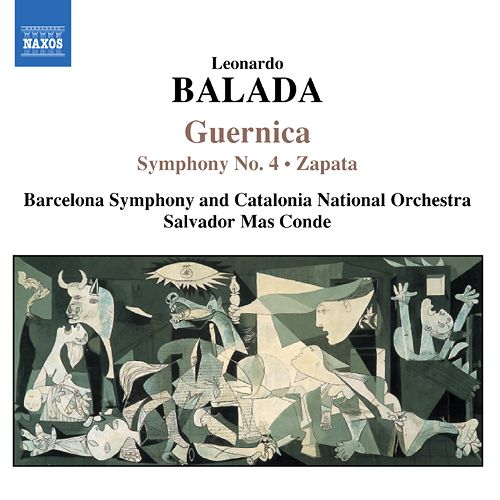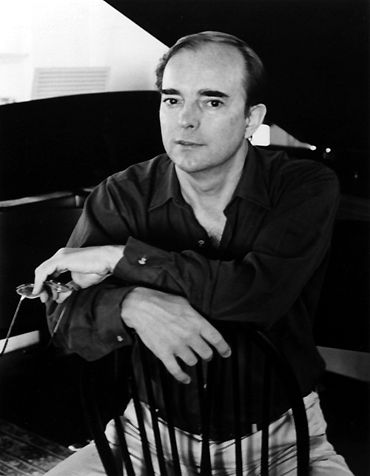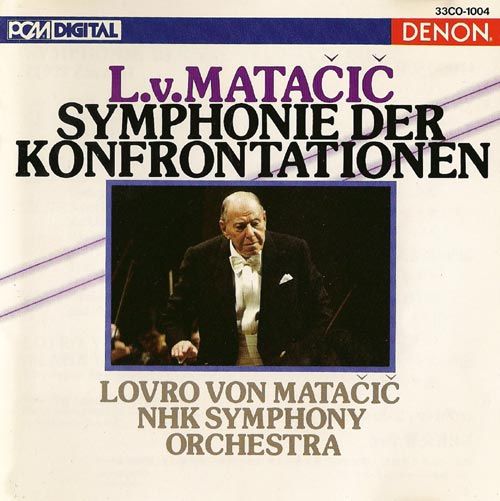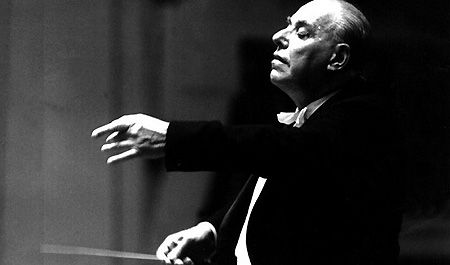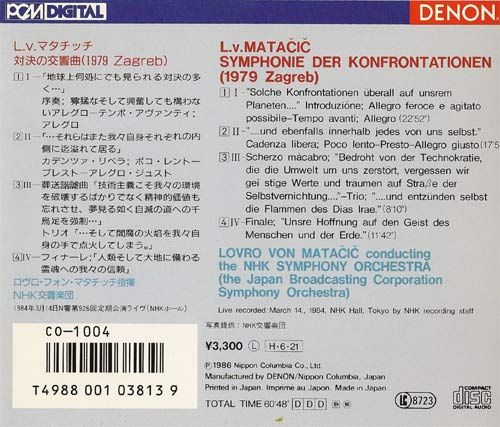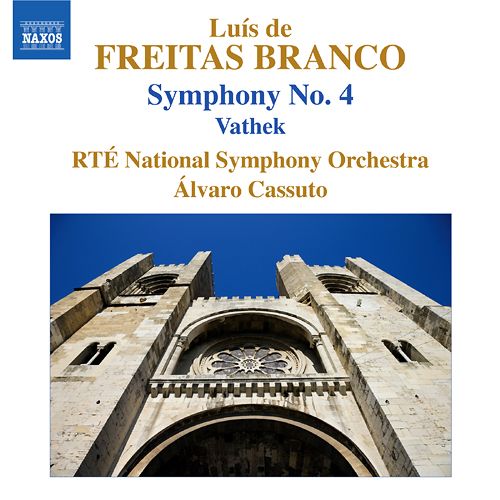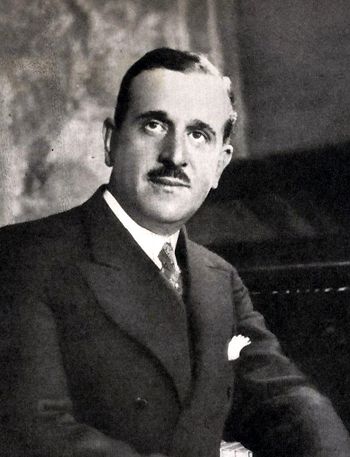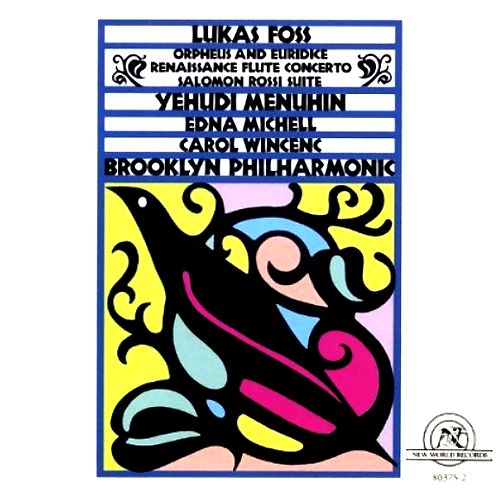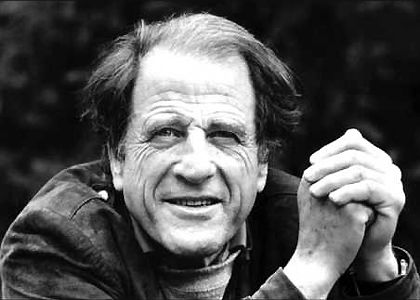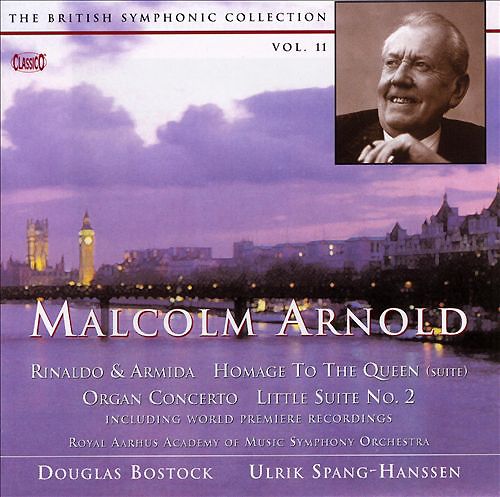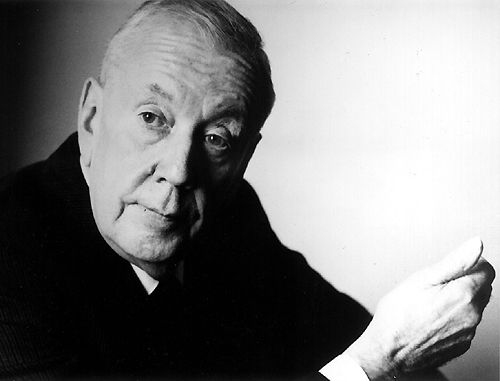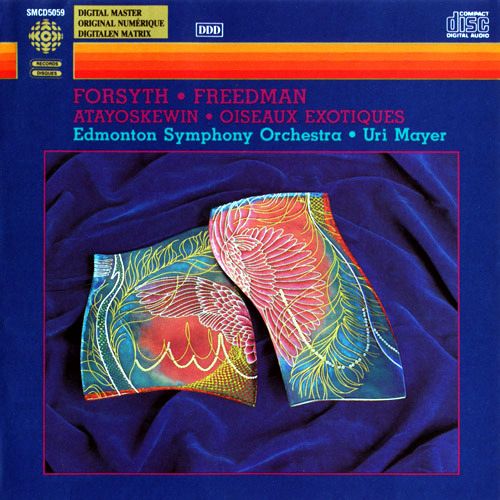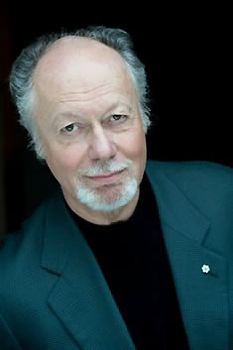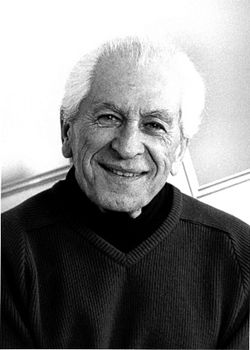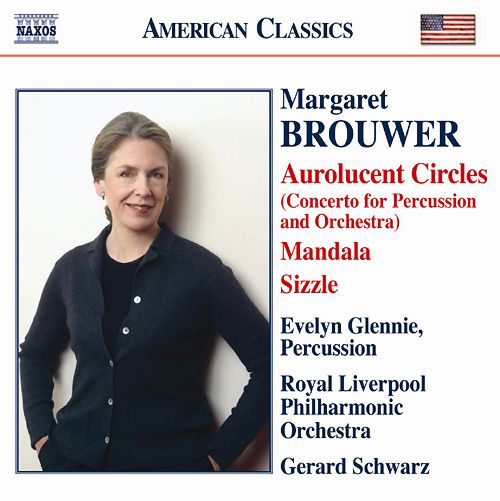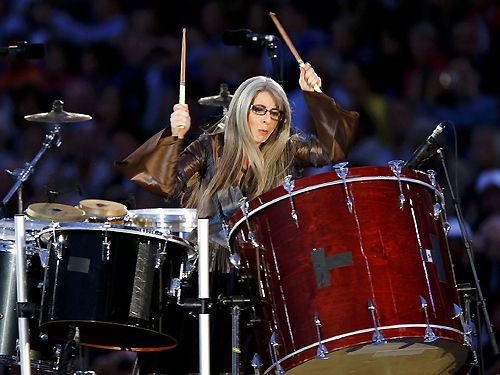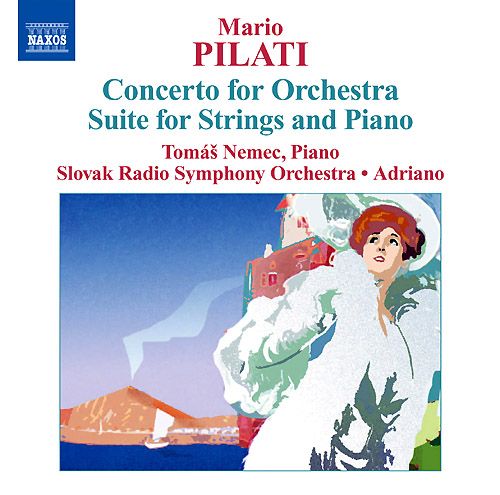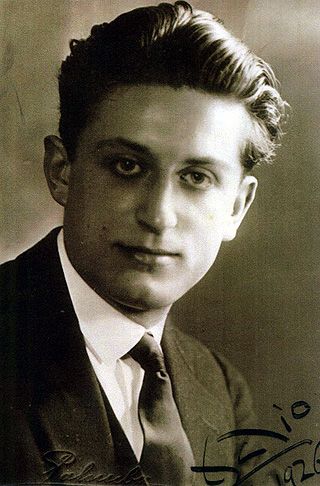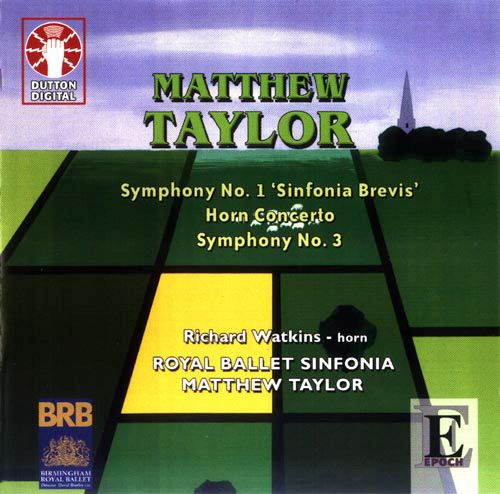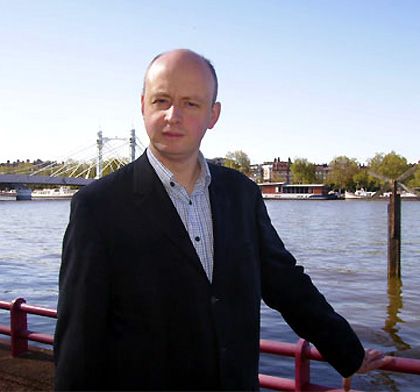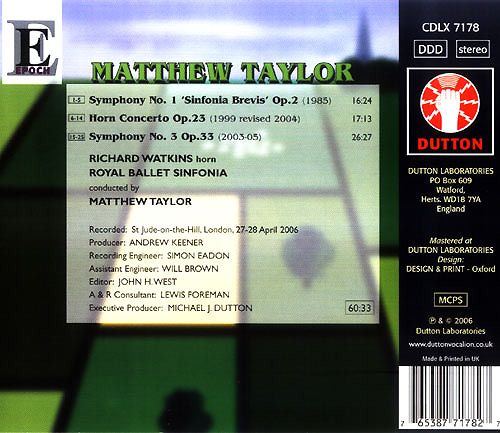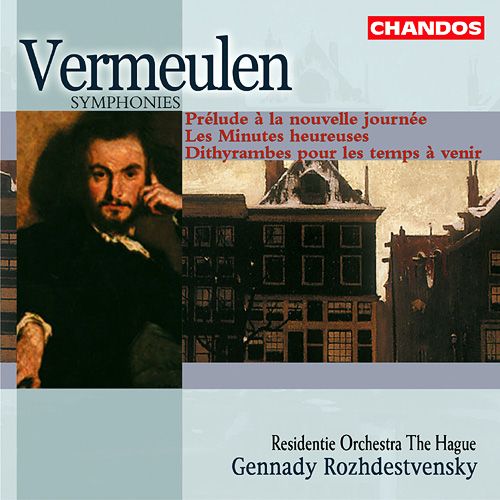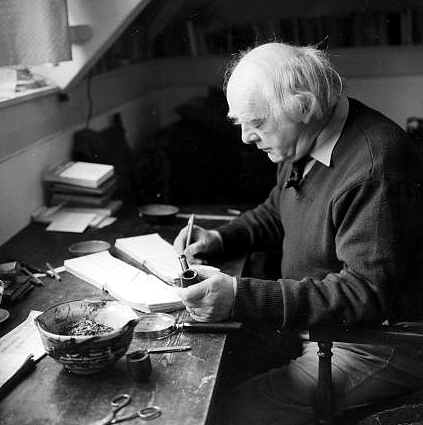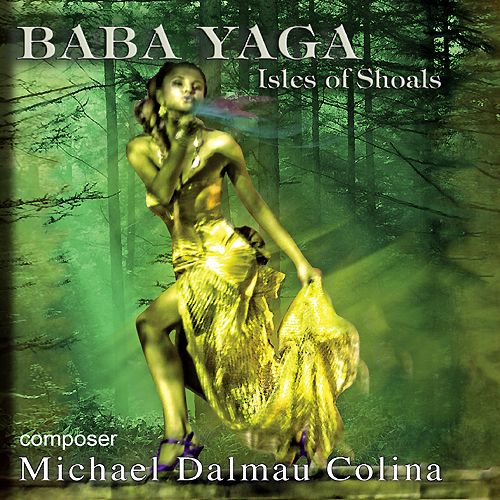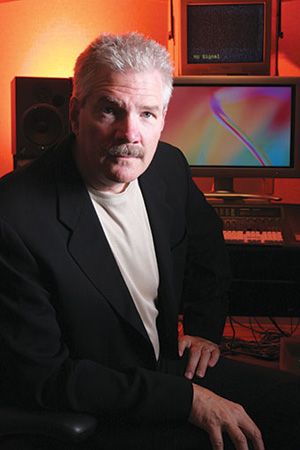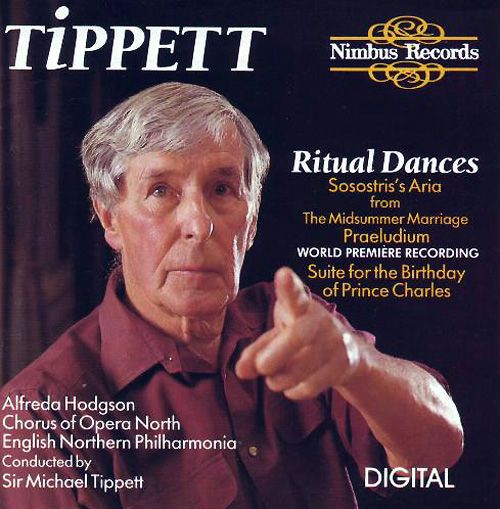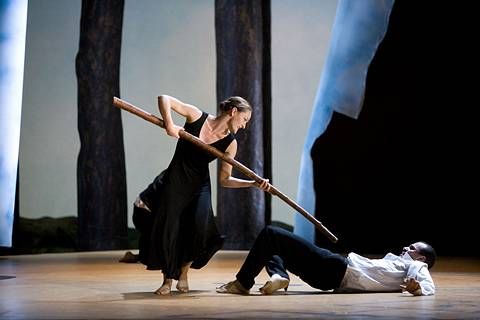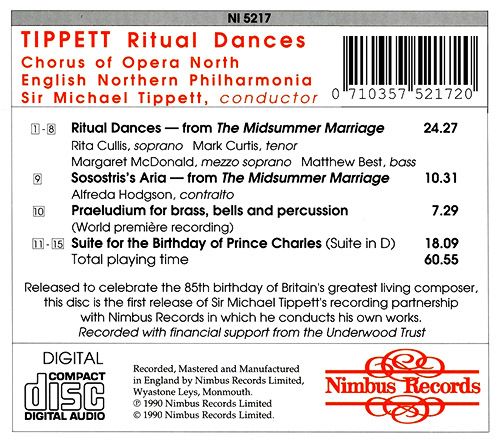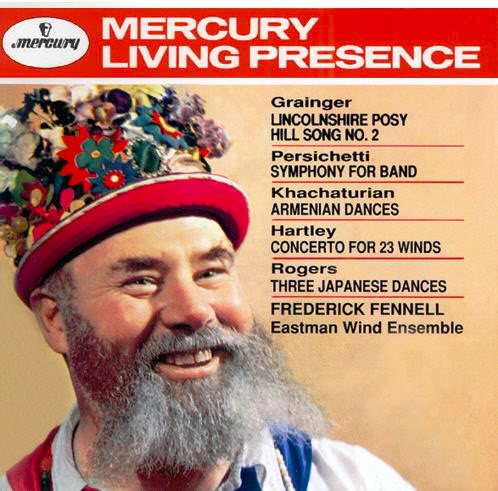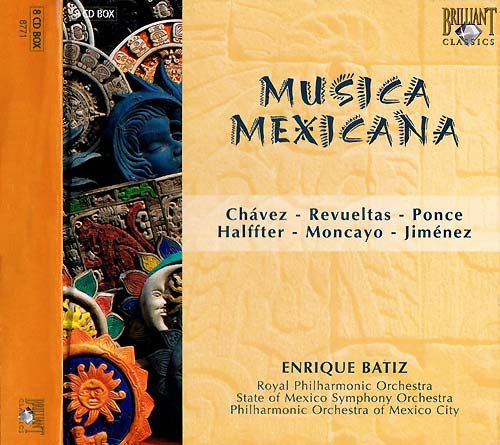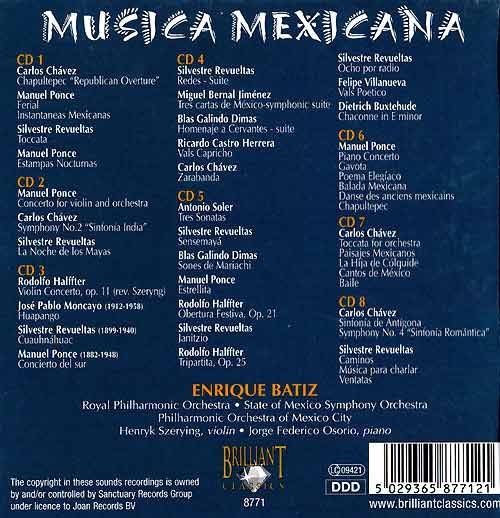Antonin Dvorak - The Masterworks (40CD Box Set) (2005)

MP3 VBR 192-320 kbps | 3.2 GB
Tracklist:
CD1
Symphony No. 1
SYMPHONY No. 1 in C minor “The Bells of Zlonice”
1. Allegro 11:11
2. Adagio di molto 14:09
3. Allegretto 8:23
4. Finale, allegro animato 12:54
Total: 47:01
Slovak Philharmonic Orchestra, Zdenek Kosler
CD2
Symphony No. 2
SYMPHONY No. 2 in B flat major Op. 4
1. Allegro con moto 11:29
2. Poco adagio 15:29
3. Scherzo, allegro con brio 12:07
4. Finale, allegro con fuoco 9:57
Total: 50:07
Slovak Philharmonic Orchestra, Zdenek Kosler
CD3
Symphony No. 3
Symphony No. 4
SYMPHONY No. 3 in E flat major Op. 10
1. Allegro moderato 10:57
2. Adagio molto, tempo di marcia 18:42
3. Finale, allegro vivace 8:28
4.
SYMPHONY No. 4 in D minor Op. 13
5. Allegro 9:34
6. Andante e molto cantabile 11:27
7. Scherzo, allegro feroce 6:34
8. Finale, allegro con brio 9:50
Total: 75:55
Slovak Philharmonic Orchestra, Zdenek Kosler
CD4
Symphony No. 5
Symphony No. 7
SYMPHONY No. 5 in F major Op. 76
1. Allegro ma non troppo 9:24
2. Andante con moto 8:27
3. Allegro scherzando 7:20
4. Finale, allegro molto 13:11
SYMPHONY No. 7 in D minor Op. 70
5. Allegro maestoso 12:42
6. Poco adagio 10:21
7. Scherzo, vivace 7:49
8. Finale, allegro 9:49
Total: 76:29
Slovak Philharmonic Orchestra, Zdenek Kosler
CD5
Symphony No. 6
SYMPHONY No. 6 in D major Op. 60
1. Allegro non tanto 12:52
2. Adagio 10:56
3. Scherzo, Furiant 6:55
4. Finale, allegro con spirito 10:34
Total: 42:17
Slovak Philharmonic Orchestra, Zdenek Kosler
CD6
Symphony No. 8
Serenade for Strings
SYMPHONY No. 8 in G major Op. 88
1. Allegro con brio 9:43
2. Adagio 11:38
3. Allegretto grazioso 6:00
4. Allegro ma non troppo 8:35
SERENADE FOR STRINGS Op. 22
5. Moderato 4:23
6. Tempo di valse 6:38
7. Scherzo 4:57
8. Larghetto 5:32
Total: 63:41
Allegro vivace
Royal Philharmonic Orchestra, Paavo Jarvi
CD7
Symphony No. 9 “From the New World”
Scherzo Capriccioso
SYMPHONY No. 9 in E minor Op. 95
“From the New World”
1. Adagio-allegro molto 13:07
2. Largo 15:21
3. Scherzo, molto vivace 7:33
4. Allegro con fuoco 11:13
5. SCHERZO CAPRICCIOSO Op. 66 14:52
Total: 62:28
Royal Philharmonic Orchestra, Paavo Jarvi
CD8
Piano Concerto
PIANO CONCERTO in G minor Op. 33
1. Allegro agitato 17:58
2. Andante sostenuto 8:10
3. Finale, allegro con fuoco 10:34
4. ROMANCE for Violin & Orchestra in F minor Op. 11 9:51
5. MAZUREK for Violin & Orchestra in E minor Op. 49 4:56
6. SILENT WOODS (Waldesruhe) for Cello & Orchestra Op. 68 4:56
7. RONDO for Cello & Orchestra in G minor Op. 94 6:08
Total: 63:40
Rudolf Firkusny, piano
Ruggiero Ricci, violin
Zara Nelsova, cello
Saint Louis Symphony Orchestra, Walter Susskind
CD9
ANTONIN DVORAK
Violin Concerto
Cello Concerto
VIOLIN CONCERTO in A minor Op. 53
1. Allegro ma non troppo-adagio ma non troppo 19:00
2. Finale, allegro giocoso 1:03
CELLO CONCERTO in B minor Op. 104
3. Allegro 14:08
4. Adagio ma non troppo 10:30
5. Finale, allegro moderato 12:03
Total: 66:10
Ruggiero Ricci, violin
Zara Nelsova, cello
Saint Louis Symphony Orchestra, Walter Susskind
CD10
Requiem Part 1
1. Requiem aeternam 10:43
2. Graduale 5:10
3. Dies irae 2:18
4. Tuba mirum 9:38
5. Quod sum miser 6:31
6. Recordare, Jesu pie 7:52
7. Confutatis 5:36
Total: 48:00
Magdalena Hajos-syova, soprano
Vera Soukupova, alto
Jozef Kundlak, tenor
Peter Mikulas, bass
Slovak Philharmonic Choir & Orchestra, Zdenek Kosler
CD11
Requiem Part 2
1. Lacrimosa 7:47
2. Domine Jesu Christe 12:22
3. Hostias 11:59
4. Sanctus 5:59
5. Pie Jesu 5:27
Total: 54:32
Agnus Dei
Magdalena Hajos-syova, soprano
Vera Soukupova, alto
Jozef Kundlak, tenor
Peter Mikulas, bass
Slovak Philharmonic Choir & Orchestra, Zdenek Kosler
CD12
Stabat Mater Part 1
1. Stabat Mater dolorosa 20:06
2. Quis est homo, qui non fleret 10:42
3. Eja, Mater, fons amoris 7:13
4. Fac, ut ardeat cor meum 9:02
Total: 47:26
Magdalena Hajos-syova, soprano
Vera Soukupova, alto
Peter Dvorsk?y, tenor
Richard Novak, bass
Slovak Philharmonic Choir & Orchestra, Zdenek Kosler
CD13
Stabat Mater Part 2
1. Tui nati vulnerati 5:28
2. Fac me vere tecum flere 6:32
3. Virgo virginum praeclara 7:06
4. Fac, ut portem Christi mortem 6:42
5. Imflammatus et accensus 6:27
6. Quando corpus morietur 8:19
Total: 40:21
Magdalena Hajos-syova, soprano
Vera Soukupova, alto
Peter Dvorsk?y, tenor
Richard Novak, bass
Slovak Philharmonic Choir & Orchestra, Zdenek Kosler
CD14
Piano Trios Op. 90 “Dumky” & 21
PIANO TRIO No. 4 in E minor Op. 90 “Dumky”
1. Lento maestoso-allegro 4:33
2. Poco adagio-vivace 6:34
3. Andante 5:53
4. Andante moderato 4:55
5. Allegro 4:03
6. Lento maestoso-vivace 4:53
PIANO TRIO No. 1 in B flat major Op. 21
7. Allegro molto 13:27
8. Adagio molto e mesto 7:33
9. Allegro scherzando 7:08
10. Finale, allegro vivace 6:11
Total: 65:10
THE SOLOMON TRIO
Daniel Adni, piano
Rodney Friend, violin
Raphael Sommer, cello
CD15
Piano Trios Op. 65 & 26
PIANO TRIO NO. 3 in F minor Op. 65
1. Allegro ma non troppo 13:57
2. Allegro grazioso 6:45
3. Poco adagio 9:12
4. Finale, allegro con brio 10:14
PIANO TRIO No. 2 in G minor Op. 26
5. Allegro moderato 12:22
6. Largo 6:19
7. Scherzo, presto 5:56
8. Finale, allegro non tanto 6:47
Total: 71:33
THE SOLOMON TRIO
Daniel Adni, piano
Rodney Friend, violin
Raphael Sommer, cello
CD16
Piano Quartets
PIANO QUARTET in D major Op. 23
1. Allegro moderato 15:01
2. Andantino 9:39
3. Finale 7:49
PIANO QUARTET in E flat major Op. 87
4. Allegro con fuoco 8:33
5. Lento 11:11
6. Allegro moderato, grazioso 6:59
7. Finale 9:22
Total: 69:51
AMES PIANO QUARTET
William David, piano
Mahlon Darlington, violin
Laurence Burkhalter, viola
George Work, cello
Recording: January 1989 Troy Savings Bank Concert Hall, Troy, USA
CD17
Piano Quintets
PIANO QUINTET in A major Op. 5
1. Allegro ma non troppo 8:29
2. Andante sostenuto 11:03
3. Finale, allegro con brio 8:56
PIANO QUINTET in A major Op. 81
4. Allegro ma non tanto 13:47
5. Dumka, andante con moto 16:40
6. Scherzo, Furiant, molto vivace 3:46
7. Finale, allegro 7:01
Total: 69:42
Sviatoslav Richter, piano
Borodin Quartet
Mikhail Kopelman, violin I
Andrei Abramenkov, violin II
Dmitri Shebalin, viola
Valentin Berlinsky, cello
Live recording: 31 December 1982
CD18
String Quintets
STRING QUINTET in G major Op. 77, for 2 violins, viola, cello & double-bass
1. Allegro con fuoco 12:27
2. Scherzo, allegro vivace-l’istesso tempo, quasi allegretto 9:22
3. Poco andante 8:42
4. Finale, allegro assai 7:40
STRING QUINTET in E flat major Op. 97, for 2 violins, 2 violas & cello
5. Allegro non tanto 9:26
6. Allegro vivo 5:54
7. Larghetto 10:45
8. Finale, allegro giusto 8:12
Total: 72:53
STAMITZ QUARTET
Bohuslav Matousek, violin I
Josef Kekula, violin II
Jan Peruska, viola
Vladimir Leixner, cello
Jiri Hudec, double-bass (1-4)
Jan Talich, viola (5-8)
ass (1-4)
Jan Talich, viola (5-8)
Recording: March 1992, Prague
CD19
Music for violin & piano I
1. CAPRICCIO 9:45
2. ROMANCE Op. 11 12:42
3. NOCTURNO Op. 40 6:38
VIOLIN SONATA in F major Op. 57
4. Allegro ma non troppo 11:45
5. Poco sostenuto 6:45
6. Allegro molto 5:46
Total: 53:53
Bohuslav Matousek, violin
Petr Adamec, piano
Recording: 27-30 December 1992, Prague
CD20
Music for violin & piano II
SONATINA in G major Op. 100
1. Allegro risoluto 5:52
2. Larghetto 4:02
3. Scherzo 2:56
4. Allegro 6:20
5. BALLADE Op. 15 6:06
ROMANTISCHE STUCKE/ROMANTIC PIECES Op. 75
6. Allegro moderato 3:24
7. Allegro maestoso 2:42
8. Allegro appassionato 2:27
9. Larghetto 6:01
10. MAZURKA Op. 49 6:03
Total: 46:44
Bohuslav Matousek, violin
Petr Adamec, piano
Recording: 27-30 December 1992, Prague
CD21
Serenade / Hausmusik
1. Rondo for cello and piano in G minor Op. 94, allegretto grazioso 7:43
DROBNOSTI Op. 75a, for 2 violins & viola
2. Cavatina, moderato 3:56
3. Capriccio, poco allegro 2:22
4. Romanza, allegro 3:29
5. Elegia, larghetto 4:30
6. GAVOTTE in G minor for 3 violins: allegretto scherzando 2:41
BAGATELLES Op. 47 for 2 violins, cello & harmonium
7. Allegretto scherzando 2:59
8. Tempo di menuetto, grazioso 3:16
9. Allegretto scherzando 2:56
10. Canon, andante con moto 3:27
11. Poco allegro 4:21
SERENADE for 2 oboes, 2 clarinets, 2 bassoons, contrabassoon, 3 horns, cello & double-bass in D minor Op. 44
12. Moderato, alla Marcia 4:17
13. Minuetto 6:08
14. Andante con moto 8:35
15. Allegro molto 6:13
Total: 66:32
Robert Cohen, cello (1)
Roger Vignoles, piano (1)
Alberni String Quartet (6-11)
Howard Davis, violin
Peter Pople, violin
Roger Best, violin/viola
David Smith, cello
Virginia Black, harmonium
Nash Ensemble (12-15)
CD22
String Quartets
STRING QUARTET in D major (without opus number)
1. Allegro con brio 26:20
2. Andantino 17:25
3. Allegro energico 14:42
4. Finale, allegretto 13:37
Total: 72:21
Stamitz Quartet
Bohuslav Matousek, violin I
Josef Kekula, violin II
Jan Peruska, viola
Vladimir Peixner, cello
Recording: Prague, 23/24 April 1993
CD23
String Quartets
STRING QUARTET in B flat major Op. 4 B17
1. Allegro non troppo 11:21
2. Largo 15:23
3. Allegro con brio 6:51
4. Finale: andante-allegro giusto-allegro con fuoco 15:08
5. QUARTETTSATZ: andante appassionato 6:59
Total: 56:06
Stamitz Quartet
Bohuslav Matousek, violin I
Josef Kekula, violin II
Jan Peruska, viola
Vladimir Peixner, cello
Recording: Prague, 21/22 May, 1993
CD24
String Quartets
STRING QUARTET in E major Op. 80 B57
1. Allegro 9:13
2. Andante con moto 7:38
3. Allegretto scherzando 5:12
4. Finale, allegro con brio 8:04
ZYPRESSEN (Liebeslieder) for String Quartet, B 152
5. I 4:03
6. II 2:14
7. III 2:34
8. IV 5:57
9. V 3:21
10. VI 2:32
11. VII 2:02
12. VIII 3:02
13. IX 2:49
14. X 2:10
15. XI 2:30
16. XII 2:44
Total: 67:14
Stamitz Quartet
Bohuslav Matousek, violin I
Josef Kekula, violin II
Jan Peruska, viola
Vladimir Peixner, cello
Recording: Prague, January 1993
CD25
String Quartets
STRING QUARTET in E minor Op. 10
1. Assai con moto ed energico 14:55
2. Andante religioso 8:44
3. Allegro con brio 11:34
4. QUARTETTSATZ in F major B120 9:27
Total: 44:49
Stamitz Quartet
Bohuslav Matousek, violin I
Josef Kekula, violin II
Jan Peruska, viola
Vladimir Peixner, cello
Recording: Prague, February 1992
CD26
String Quartets
STRING QUARTET in F minor Op. 9
1. Moderato 15:53
2. Andante con moto quasi allegretto 9:56
3. Tempo di valse 3:45
4. Finale, allegro molto 7:40
STRING QUARTET in A minor Op. 12
5. Allegro ma non troppo 9:50
6. Poco allegro 7:29
7. Poco adagio 8:29
8. Finale, allegro molto 9:13
Total: 72:53
Stamitz Quartet
Bohuslav Matousek, violin I
Josef Kekula, violin II
Jan Peruska, viola
Vladimir Peixner, cello
Recording: Prague, May 1991
CD27
String Quartets
STRING QUARTET in A major Op. 2
1. Andante-allegro 13:09
2. Andante affetuoso ed appassionato 10:29
3. Allegro scherzando 5:46
4. Finale, allegro animato 10:27
TERZET in C major for 2 violins & viola, Op. 74
5. Introduzione-allegro ma non troppo 4:13
6. Larghetto 5:52
7. Scherzo, vivace 4:25
8. Thema con variazioni, poco adagio 5:24
Total: 60:16
Stamitz Quartet
Bohuslav Matousek, violin I
Josef Kekula, violin II
Jan Peruska, viola
Vladimir Peixner, cello
Recording: Prague, December 1990
CD28
String Quartets
STRING QUARTET in C major Op. 61
1. Allegro 14:18
2. Poco adagio e molto cantabile 7:29
3. Scherzo 8:35
4. Finale, vivace 7:52
TWO WALTZES Op. 54
5. No. 1, moderato 3:59
6. No. 2, allegro vivace 2:44
Total: 45:28
Stamitz Quartet
Bohuslav Matousek, violin I
Josef Kekula, violin II
Jan Peruska, viola
Vladimir Peixner, cello
Recording: Prague 1990
CD29
String Quartets
STRING QUARTET in D minor Op. 34
1. Allegro 12:29
2. Alla Polka 6:44
3. Adagio 7:09
4. Finale, poco allegro 6:55
STRING QUARTET in A minor Op. 16
5. Allegro ma non troppo 9:09
6. Andante cantabile 7:45
7. Allegro scherzando 4:25
8. Finale, allegro ma non troppo 7:28
Total: 62:45
Stamitz Quartet
Bohuslav Matousek, violin I
Josef Kekula, violin II
Jan Peruska, viola
Vladimir Peixner, cello
Recording: Prague 1989
CD30
String Quartets
STRING QUARTET in E flat major Op. 51 “Slavonic/Slawisches”
1. Allegro ma non troppo 11:06
2. Dumka (Elegia) 8:32
3. Romanza, andante con moto 7:31
4. Finale, allegro assai 7:24
STRING QUARTET in A flat major Op. 105
5. Adagio ma non troppo-allegro appassionato 8:19
6. Molto vivace 6:11
7. Lento e molto cantabile 8:56
8. Allegro non tanto 12:35
Total: 70:17
Stamitz Quartet
Bohuslav Matousek, violin I
Josef Kekula, violin II
Jan Peruska, viola
Vladimir Peixner, cello
Recording: Prague, 1990
CD31
String Quartets
STRING QUARTET in F major Op. 96 “American”
1. Allegro ma non troppo 7:24
2. Lento 8:31
3. Molto vivace 3:55
4. Finale, vivace ma non troppo 5:38
STRING QUARTET in G major Op. 106
5. Allegro moderato 10:10
6. Adagio ma non troppo 10:29
7. Molto vivace 7:16
8. Finale, andante sostenuto, allegro con fuoco 11:17
Total: 65:17
Stamitz Quartet
Bohuslav Matousek, violin I
Josef Kekula, violin II
Jan Peruska, viola
Vladimir Peixner, cello
Recording: Prague 1987
CD32
Slavonic Dances
Slavonic Dances Op.46
1. No.1 in C major 4:00
2. No.2 in E minor 6:00
3. No.3 in A flat major 5:22
4. No.4 in F major 7:59
5. No.5 in A major 3:16
6. No.6 in D major 5:15
7. No.7 in C minor 3:34
8. No.8 in G minot 4:05
Slavonic Dances Op.72
9. No.1 in B major 4:37
10. No.2 in E minor 6:22
11. No.3 in F major 3:24
12. No.4 in D flat major 5:55
13. No.5 in B flat minor 2:53
14. No.6 in B flat major 4:08
15. No.7 in C major 3:08
16. No.8 in A flat major 7:51
Total: 75:09
Royal Philharmonic Orchestra, John Farrer
CD33
Piano Duet
“Slavonic Dances”
Slavonic Dances, Op. 46
1. Presto (Furiant) [C major] 4:07
2. Allegretto scherzando – Allegro vivo (Dumka) [E minor] 5:27
3. Allegretto scherzando (Sousedska) [D major] 5:05
4. Tempo di minuetto (Sousedska ) [F major] 6:36
5. Allegro vivace (Skocna) [A major] 3:13
6. Poco allegro (Polka) [A flat major] 4:45
7. Allegro assai (Skocna) [C minor] 3:15
8. Presto (Furiant) [G minor] 3:59
Slavonic Dances, Op. 72
9. Molto vivace (Odzemek) 4:14
10. Allegretto grazioso (Dumka) [E minor] 5:50
11. Allegro (Skocna) [F major] 2:57
12. Allegretto grazioso (Dumka) [D flat major] 6:13
13. Poco adagio – Vivace (Spacirka) [B flat minor] 2:55
14. Moderato, quasi minuetto Polonaise) [B flat major] 3:50
15. Allegro vivace (Kolo) [C major] 3:12
16. Grazioso e lento, ma non troppo, quasi tempo di valse (Sousedska) [A flat major] 6:59
Total: 69:17
Ingryd Thorson & Julian Thurber, piano
Recording: December 1989/June 1990, Ski Church Hall, Oslo, Norway
CD34
Piano Duets
Legends, Op. 59
1. Allegretto non troppo, quasi andantino [D minor] 3:03
2. Molto moderato [G major] 4:08
3. Allegro giusto [G minor] 4:11
4. Molto maestoso [C major] 5:30
5. Allegro giusto [A flat major] 4:16
6. Allegro con moto [C sharp minor] 4:21
7. Allegretto grazioso [A major] 2:14
8. Un poco allegretto e grazioso, quasi andantino [F major] 3:16
9. Andante con moto [D major] 2:27
10. Andante [B flat minor] 3:14
Total: 63:25
From the Bohemian Forest, Op. 68
In the Spinning Room. Allegro molto [D major]
By the Black Lake. Lento [F sharp minor/major]
Walpurgis Night. Molto vivace [B falt major]
In Wait. Allegro comodo [F major]
Silent Woods. Lento e molto cantabile [D flat major]
From Troubled Times. Allegro con fuoco [A minor]
Ingryd Thorson & Julian Thurber, piano
Recording: December 1989/June 1990, Ski Church Hall, Oslo, Norway
CD35
Piano Works
TEMA CON VARIAZIONI in A flat major
1. Tema, tempo di minuetto 1:50
2. Variation I 1:15
3. Variation II 1:08
4. Variation III, poco meno mosso 3:46
5. Variation IV, allegretto scherzando 0:46
6. Variation V, tempo I 0:51
7. Variation VI, poco andante e molto tranquillo 2:48
8. Variation VII, piu mosso 0:56
9. Variation VIII, un poco piu mosso 4:15
SILHOUETTEN Op. 8
10. No. 1, allegro feroce in C sharp minor 1:52
11. No. 2, andantino in D flat major 1:30
12. No. 3, allegretto in D flat major 1:41
13. No. 4, vivace in F sharp minor 1:23
14. No. 5, presto in F sharp minor 1:06
15. No. 6, poco sostenuto in B flat major 3:18
16. No. 7, allegro in D major 0:53
17. No. 8, allegretto in B minor 1:32
18. No. 9, allegro in B major 1:30
19. No. 10, allegretto grazioso in G major 2:17
20. No. 11, allegro moderato in A major 1:50
21. No. 12, allegro feroce in C sharp minor 1:44
2 FURIANTEN Op. 42
22. No. 1 in D major 6:05
23. No. 2 in F major 6:56
WALTZES Op. 54
24. No. 1, moderato in A major 3:35
25. No. 2, allegro con fuoco in A minor 3:20
26. No. 3, poco allegro in E major 2:43
27. No. 4, allegro vivace in D flat major 2:48
28. No. 5, allegro in B flat major 2:34
29. No. 6, allegro in F major 3:49
30. No. 7, allegro in D minor 2:20
31. No. 8, allegro vivace in E flat major 2:47
Total: 75:10
Kai Adomeit, piano
Recording: 1994 Hochschule fur Kirchenmusik Heidelberg
CD36
RUSALKA
Opera in 3 acts Part I
1. Overture 3:17
ACT 1
2. Ho, ho, ho! (Three dryads, the Watersprite) 7:23
3. Watersprite, my father dear! (Rusalka, The Watersprite) 3:59
4. He comes here frequently (Rusalka, The Watersprite) 4:27
5. O moon high up in the deep sky (Rusalka, The Watersprite, Jezibaba) 7:49
6. Your ancient wisdom knows everything (Rusalka, Jezibaba) 8:29
7. Abracadabra! (Jezibaba, The Watersprite, The Hunter) 4:29
8. Here she appeared and again disappeared (The Prince, The Hunter) 2:14
9. The hunt is over, return home at once (The Prince, The Naiads, The Watersprite) 5:13
10. I know you’re but magic that will pass (The Prince) 1:41
ACT 2
11. Well then, my dear boy (The Gamekeeper, The Turnspit) 8:03
12. A week now do you dwell with me (The Prince, The Foreign Princess) 8:45
13. Festive music; ballet 5:21
Total: 71:09
The Watersprite: Marcel Rosca, bass
Rusalka, the Naiad: Ursula Furi-Bernhard, soprano
Jezibaba, the Witch: Nelly Boschkova, mezzo-soprano
The Prince: Water Coppola, tenor
The Foreign Princess: Tiziana K. Sojat, mezzo-soprano
First Dryad: Tamara Felbinger, soprano
Second Dryad: Vesna Odoran, soprano
Third Dryad: Martina Gojceta, soprano
The Gamekeeper: Zeljco Grofelnik, baritone
The Turnspit: Martina Zadro, soprano
The Hunter: Vitomir Marof, baritone
Academic Choir "Ivan Goran Kovacic"
Zagreb Philharmonic Orchestra
Alexander Rahbari, conductor
Recording: 13-18 December 1997 Zagreb
CD37
RUSALKA
Opera in 3 acts Part II
ACT 2 (continuation)
1. No one in this world can give you (The Watersprite) 4:23
2. White blossoms all along the road (Chorus, The Watersprite) 3:02
3. Rusalka, daughter, I am here! (The Watersprite, Rusalka) 6:17
4. Strange fire in your eyes is burning (The foreign Princess, The Prince, The Watersprite) 6:23
ACT 3
5. Insensible water power (Rusalka) 7:29
6. Ah, ah! Already you have come back? (Jezibaba, Rusalka) 5:59
7. Uprooted and banished (Rusalka, The Naiads) 3:32
8. That you’re afraid? Don’t be silly! (The Gamekeeper, The Turnspit, Jezibaba, The Watersprite) 6:11
9. Hair, golden hair I have (Three Dryads, The Watersprite) 8:05
10. Where are you, my white doe? (The Prince) 4:12
11. Do you still know me, love? (Rusalka, The Prince, The Watersprite) 10:52
Total: 66:25
The Watersprite: Marcel Rosca, bass
Rusalka, the Naiad: Ursula Furi-Bernhard, soprano
Jezibaba, the Witch: Nelly Boschkova, mezzo-soprano
The Prince: Water Coppola, tenor
The Foreign Princess: Tiziana K. Sojat, mezzo-soprano
First Dryad: Tamara Felbinger, soprano
Second Dryad: Vesna Odoran, soprano
Third Dryad: Martina Gojceta, soprano
The Gamekeeper: Zeljco Grofelnik, baritone
The Turnspit: Martina Zadro, soprano
The Hunter: Vitomir Marof, baritone
Academic Choir "Ivan Goran Kovacic"
Zagreb Philharmonic Orchestra
Alexander Rahbari, conductor
Recording: 13-18 December 1997 Zagreb
CD38
Symphonic Poems Vol. 1
Czech Suite op. 39
1. Preludium (pastorale) 3:15
2. Polka 5:11
3. Sousedska (minuetto) 4:05
4. Romance (Romanza) 4:01
5. Finale (furiant) 5:17
6. My Home Overture op. 62 8:57
7. Husitska Overture op. 67 12:28
8. In Nature?s Realm Overture op. 91 3:40
9. Otello op. 93 14:08
Total: 71:37
Janacek Philharmonic Orchestra, Theodore Kuchar
Recording: 20-28 August 2004, Ostrava, Czech Republic
CD39
Symphonic Poems Vol. 2
1. Symphonic Variations op. 78. 20:26
2. Carnival Overture op. 92 8:47
3. Water Goblin op. 107 20:00
4. Noon-Day Witch op. 108 13:38
Total: 63:12
Janacek Philharmonic Orchestra, Theodore Kuchar
Recording: 20-28 August 2004, Ostrava, Czech Republic
CD40
Symphonic Poems Vol. 3
1. Golden Spinning Wheel, op. 109 26:11
2. Wood Dove, op. 110 20:02
3. A Hero?s Song, op. 111. 19:44
Total: 66:14
Janacek Philharmonic Orchestra, Theodore Kuchar
Recording: 20-28 August 2004, Ostrava, Czech Republic
http://forums.ffshrine.org/f92/antonin-dvorak-masterworks-40cd-box-set-2005-a-138885/#post2417587
---------- Post added at 07:31 AM ---------- Previous post was at 07:26 AM ----------
[B]Ludwig Van Beethoven - Complete Works (100 CD Box Set) (2007)

MP3 | 320 kbps | 100 CD | 15 Gb
CD 1 - Symphonies Nos. 1 & 3
CD 2 - Symphonies Nos. 2 & 7
CD 3 - Symphonies Nos. 6 & 8
CD 4 - Symphonies Nos. 4 & 5
CD 5 - Symphony No. 9
CD 6 - Piano Concertos Nos. 1 & 3
CD 7 - Piano Concertos No. 2 & Op. 61
CD 8 - Piano Concertos Nos. 4 & 5
CD 9 - Violin Concerto
CD 10 - Triple Concerto
CD 11 - Overtures
CD 12 - Orchestral Works / Organ Works
CD 13 - Dances I
CD 14 - Dances II
CD 15 - Music for Wind Ensemble I
CD 16 - Music for Wind Ensemble II
CD 17 - Chamber music for Flute I
CD 18 - Chamber music for Flute II
CD 19 - Septet Op. 20 & Sextet Op. 81b
CD 20 - Quintet Op. 16 - Trio Op. 11 - Horn Sonata Op. 17
CD 21 - Trio Op. 38; Duo WoO 40
CD 22 - Serenade Op. 25, works for mandolin & piano
CD 23 - Piano Quartets
CD 24 - Piano Trios I
CD 25 - Piano Trios II
CD 26 - Piano Trios III
CD 27 - Piano Trios IV
CD 28 - Cello Sonatas I
CD 29 - Cello Sonatas II
CD 30 - Violin Sonatas I
CD 31 - Violin Sonatas II
CD 32 - Violin Sonatas III
CD 33 - String Trios I
CD 34 - String Trios II
CD 35 - String Quartets Op. 18 Nos. 1 & 2
CD 36 - String Quartets Op. 18 Nos. 3 & 4
CD 37 - String Quartets Op. 18 Nos. 5 & 6; Op. 95 “Serioso”
CD 38 - String Quartets Op. 59 Nos. 1 & 2
CD 39 - String Quartets Op. 74 & Op. 131
CD 40 - String Quartets Op. 127 & Op. 135
CD 41 - String Quartets Op. 132 & Op. 59 No. 3
CD 42 - String Quartets Op. 130 & Grosse Fuge
CD 43 - String Ensembles I
CD 44 - String Ensembles II
CD 45 - Piano Sonatas Op.2 Nos. 1,2,3
CD 46 - Piano Sonatas Op. 7, Op. 10 No. 1, Op. 10 No. 2
CD 47 - Piano Sonatas Op. 10 No. 3, Op.13 “Path�tique”, Op. 14 No. 1, Op. 14 No. 2
CD 48 - Piano Sonatas Op. 22 - Op. 26, Op. 27 No. 1, Op. 27 No. 2 “Mondschein”
CD 49 - Piano Sonatas Op. 28 “Pastoral”, Op. 31 No. 1, Op. 31 No. 2 “Sturm”
CD 50 - Piano Sonatas Op. 31 No. 3, Op. 49 No. 1, Op. 49 No. 2, Op. 53 “Waldstein”, Op. 54
CD 51 - Piano Sonatas Op. 57 “Appassionata”, Op. 78, Op. 79, Op. 81a, Op. 90
CD 52 - Piano Sonatas Op. 101, Op. 106 “Hammerklavier”
CD 53 - Piano Sonatas Op. 109, Op. 110, Op. 111
CD 54 - Piano Variations I
CD 55 - Piano Variations II
CD 56 - Piano Variations III
CD 57 - Piano Variations IV; Bagatelles
CD 58 - Bagatelles
CD 59 - Piano Works
CD 60 - Piano Works 4-hands
CD 61 - Leonore Part 1 (original version of Fidelio, 1805)
CD 62 - Leonore Part 2 (original version of Fidelio, 1805)
CD 63 - Fidelio Part 1
CD 64 - Fidelio Part 2
CD 65 - Egmont
CD 66 - Die Gesch�pfe des Prometheus, Ballet Music Op. 43
CD 67 - Die Ruinen von Athen, K�nig Stephan
CD 68 - Arias
CD 69 - Cantatas WoO 87 & 88
CD 70 - Der Glorreiche Augenblick Op. 136
CD 71 - Vocal Works
CD 72 - Christus am �lberge
CD 73 - Missa Solemnis in D major Op. 123
CD 74 - Missa Solemnis (continuation); Mass in C major Op. 86
CD 75 - Songs I
CD 76 - Songs II
CD 77 - Songs III
CD 78 - Songs IV
CD 79 - Canons, Epigrams and Jokes
CD 80 - Irish songs WoO 152 & 153, selection
CD 81 - 12 Irish songs WoO 154 complete
CD 82 - 26 Welsh songs WoO 155 complete
CD 83 - Scottish Songs WoO 156 & 157, complete
CD 84 - Scottish Songs Op. 108 & WoO 158/1
CD 85 - Folksongs WoO 158/a/b/c
CD 86 - Symphony No. 9 in D minor Op. 125
CD 87 - Symphony No. 3 - Leonore Overture No. 1 & 2
CD 88 - Symphony No. 5 & 7
CD 89 - Piano Concerto No. 5 - Piano Sonatas Nos. 8 & 23
CD 90 - Violin Concerto Op. 61 - Romances for Violin & Orchestra Nos. 1 & 2
CD 91 - Piano Sonatas Op.13, 27, 57
CD 92 - Piano Sonatas Nos.30, 31, 32
CD 93 - Piano Sonatas Nos. 21, 23, 30, 31
CD 94 - Piano Sonatas Nos. 29 & 32
CD 95 - Violin Sonatas Nos. 5 & 7 - J.S. Bach: Partita No. 2
CD 96 - Cello Sonatas Nos. 1, 2, 3
CD 97 - Piano Trio Op. 97 - Franz Schubert Piano Trio No. 1
CD 98 - String Quartets Op. 130 & 131
CD 99 - FIDELIO, Opera in 2 Acts Op. 72 (Act 1)
CD 100 - FIDELIO, Opera in 2 Acts Op. 72 (Act 2)
http://forums.ffshrine.org/f92/ludwig-van-beethoven-complete-works-100-cd-138886/#post2417594